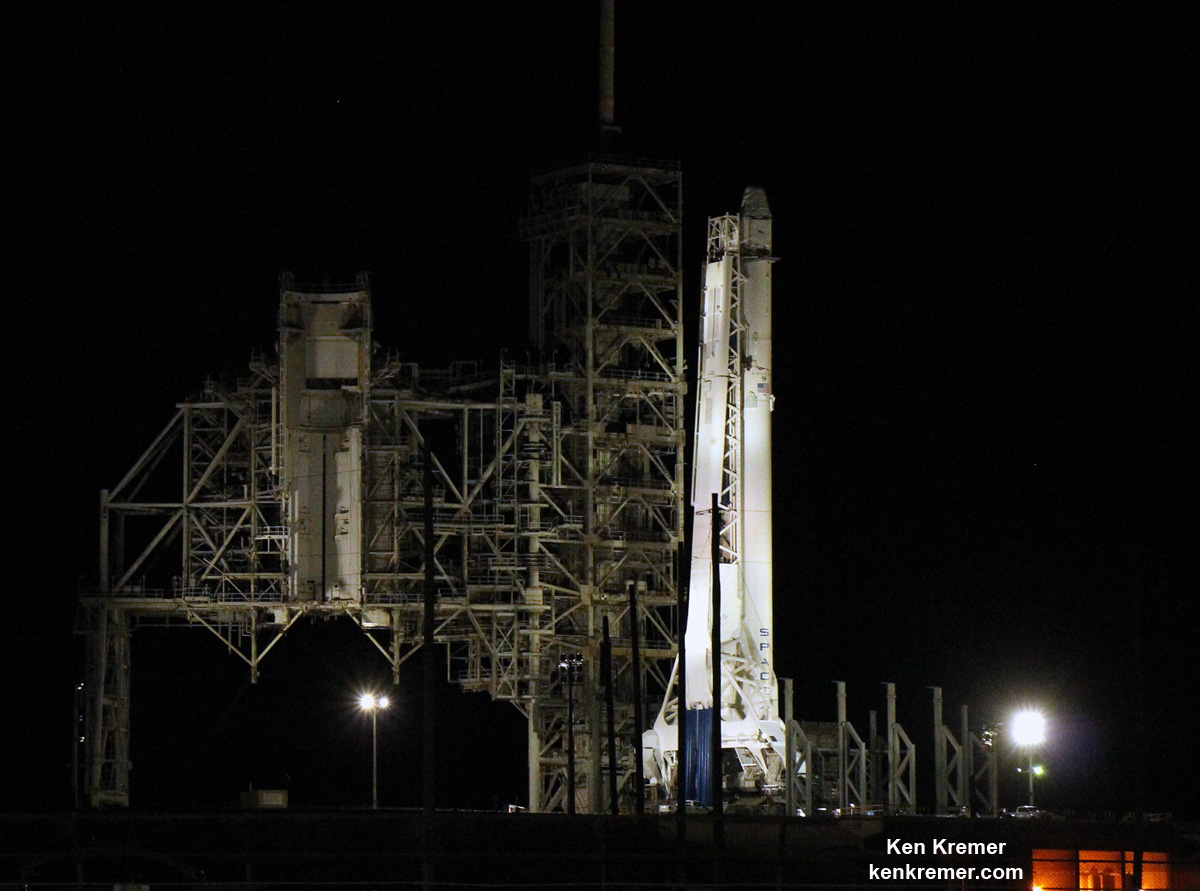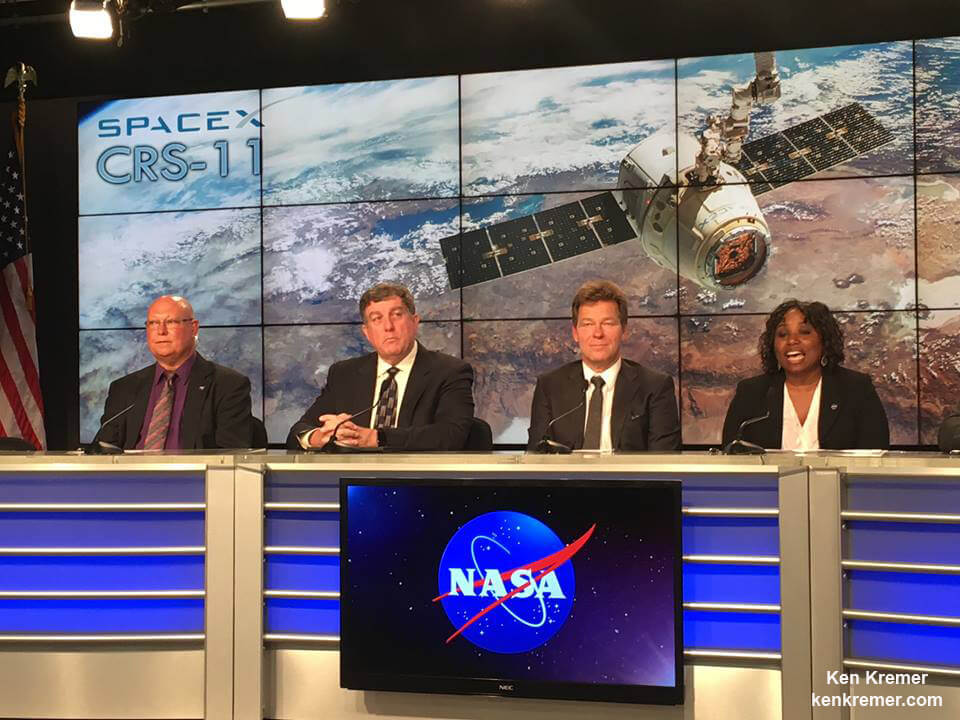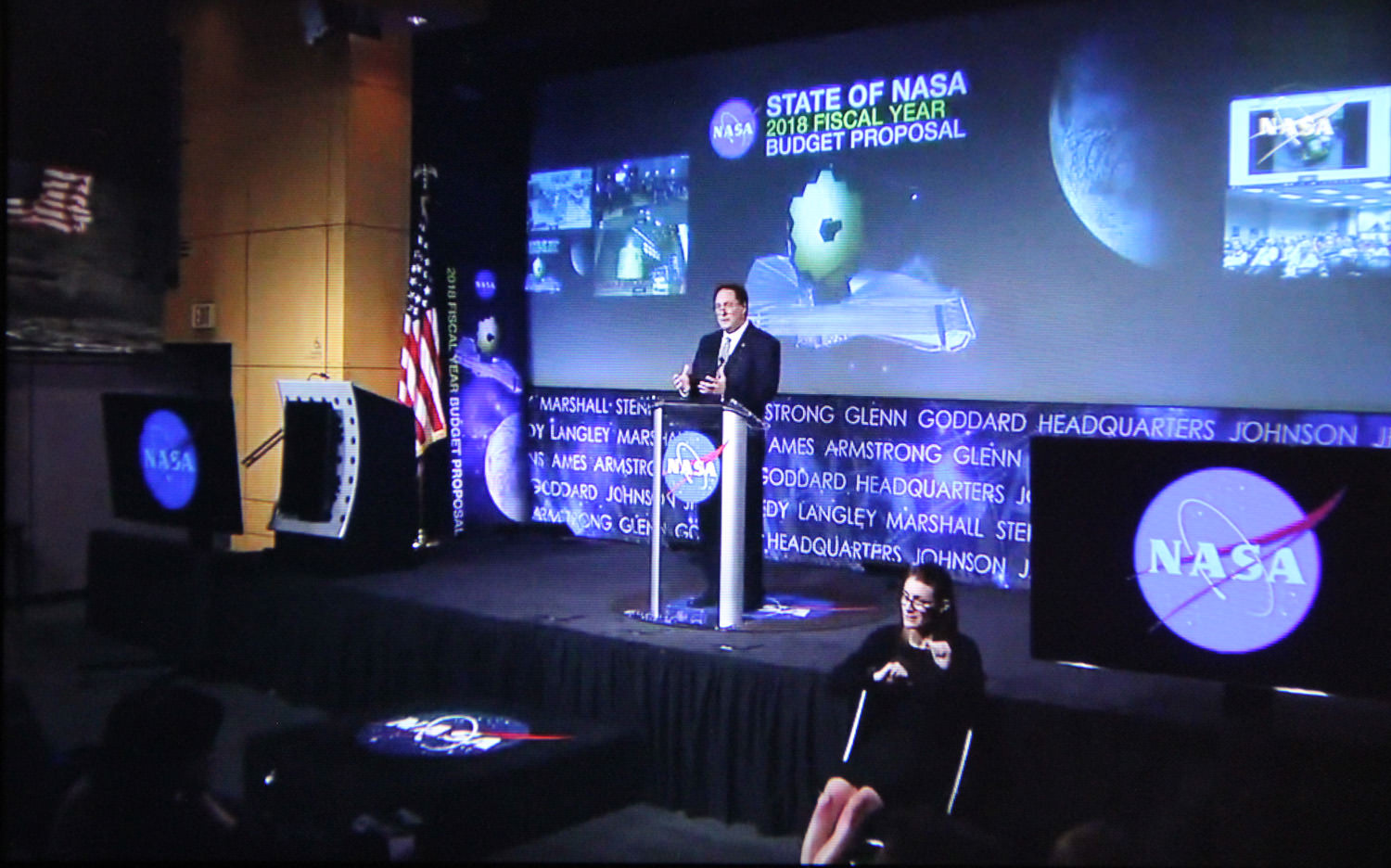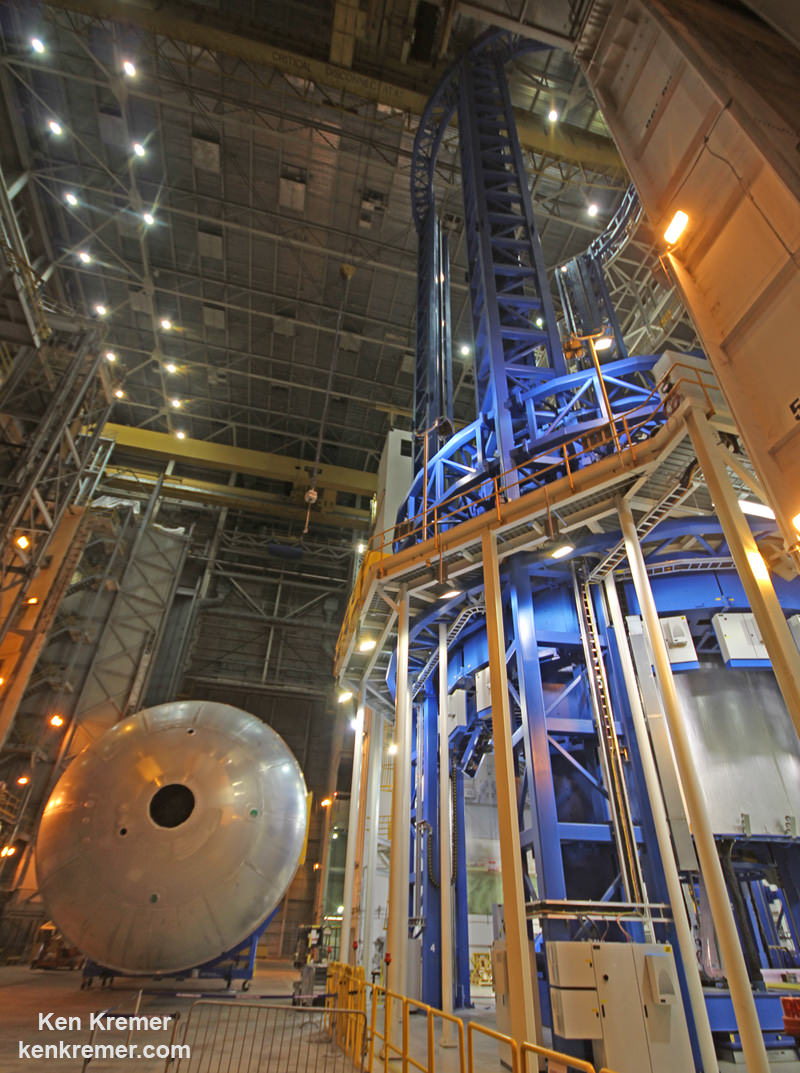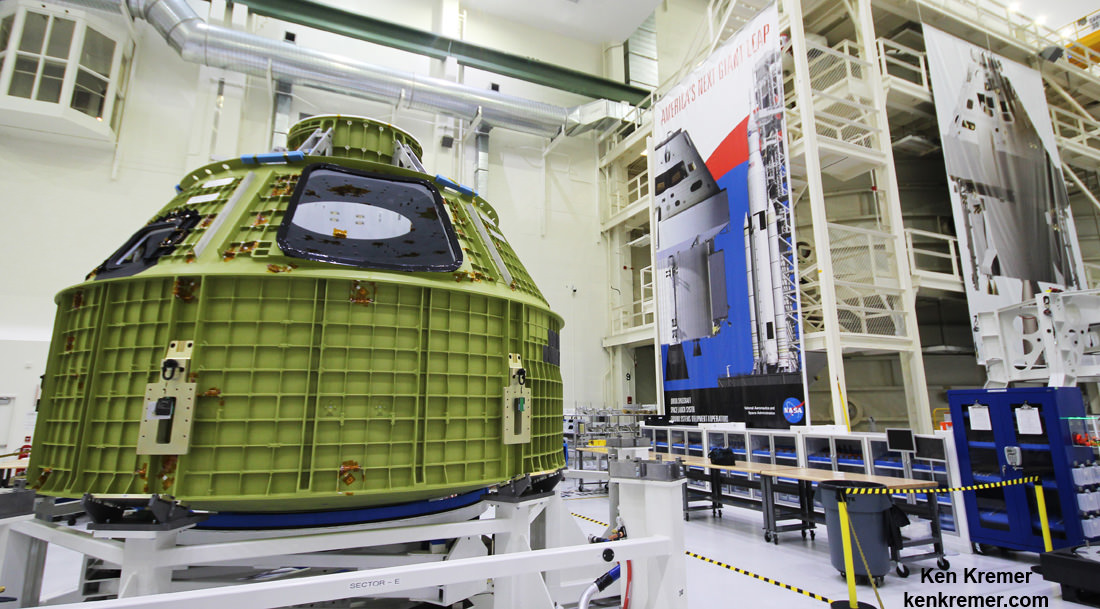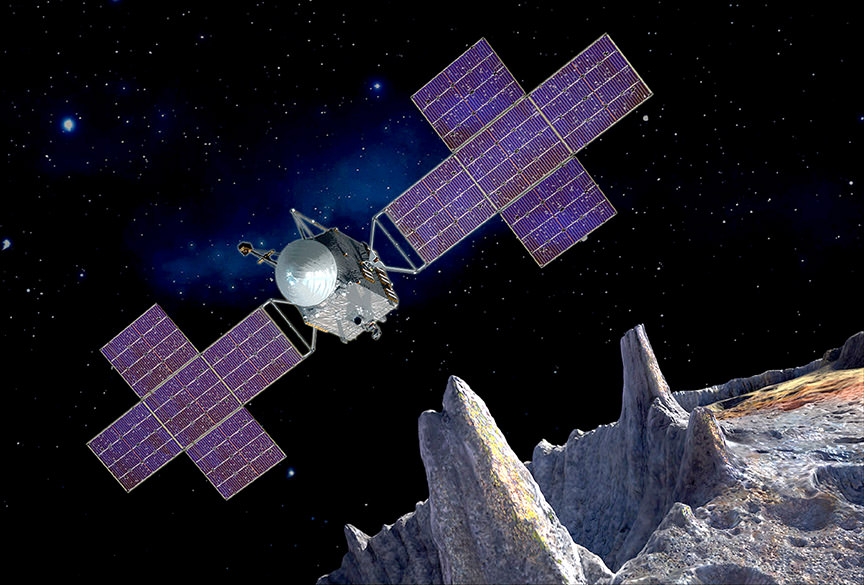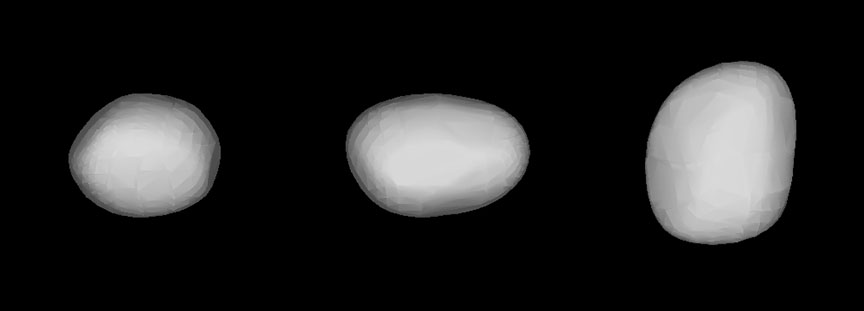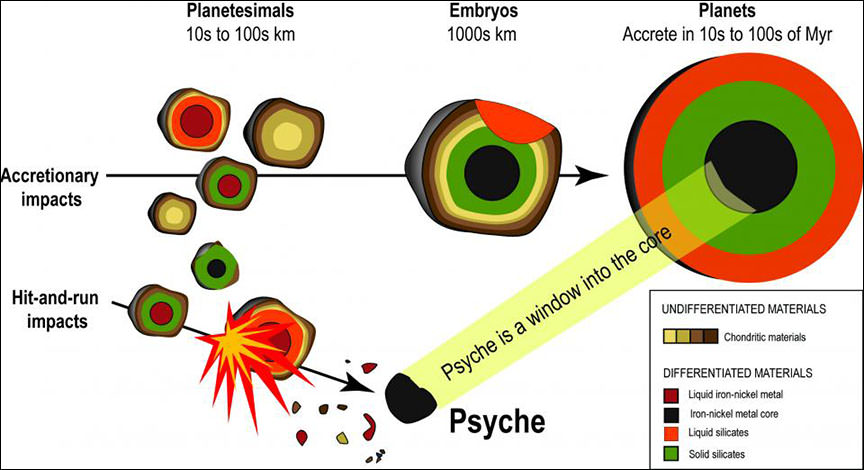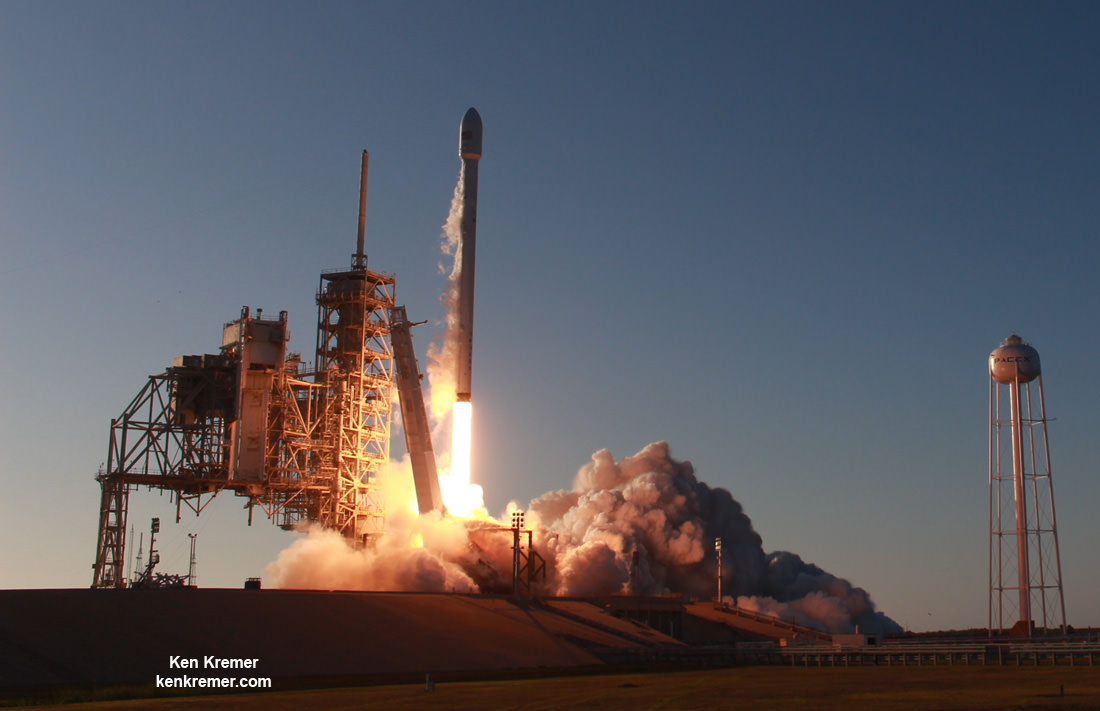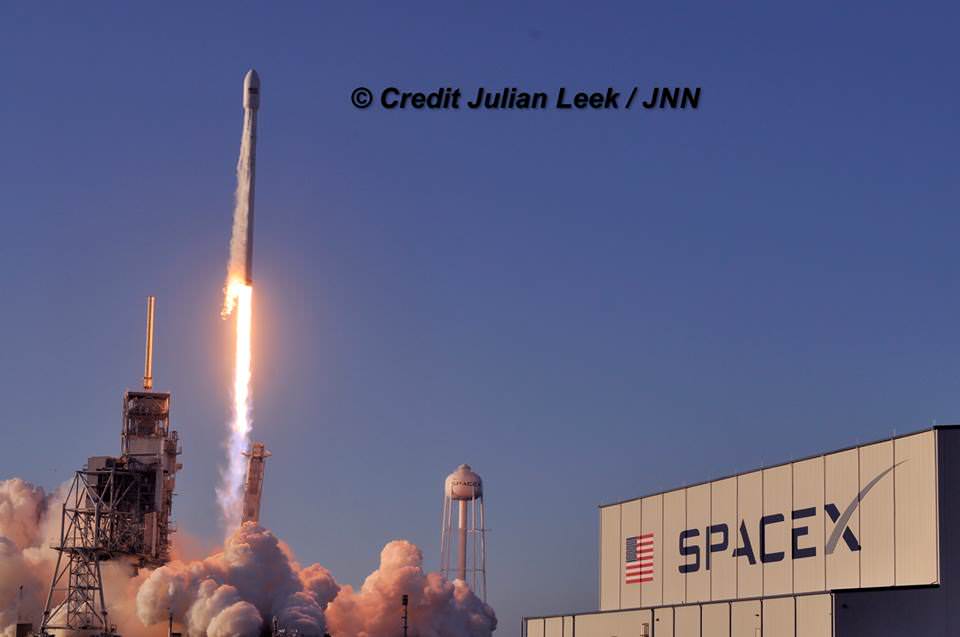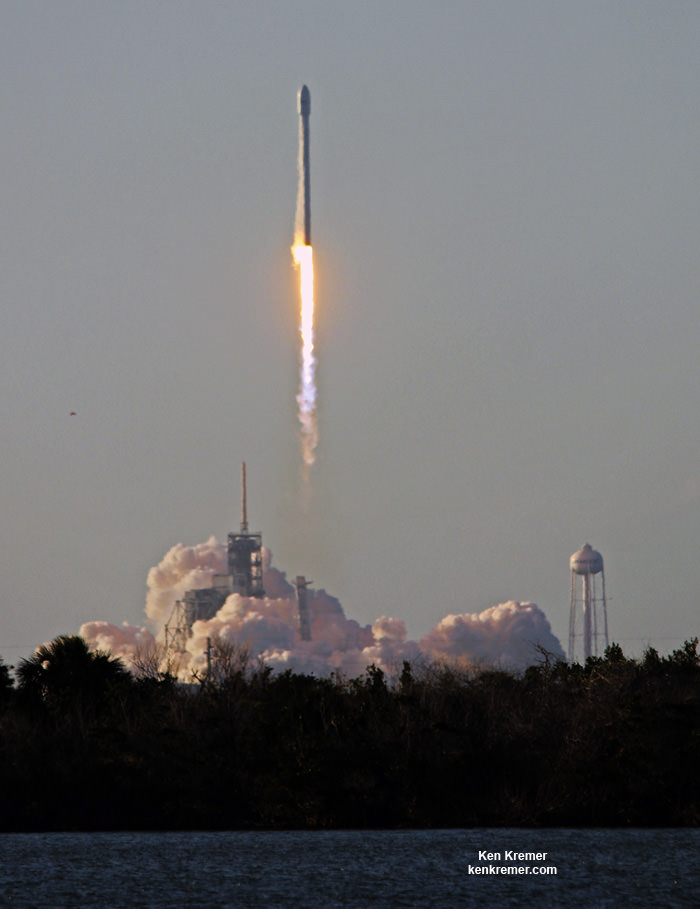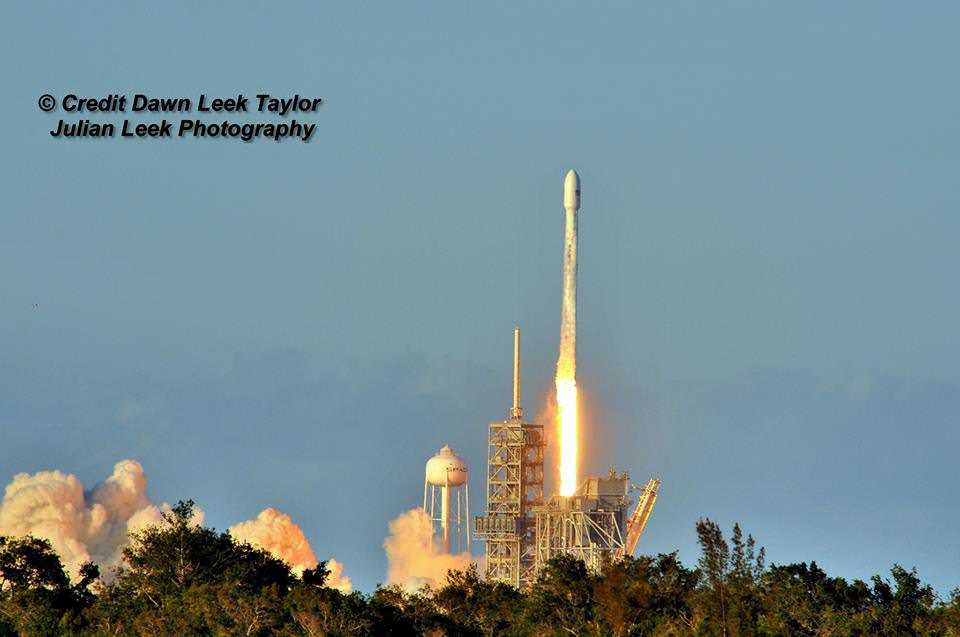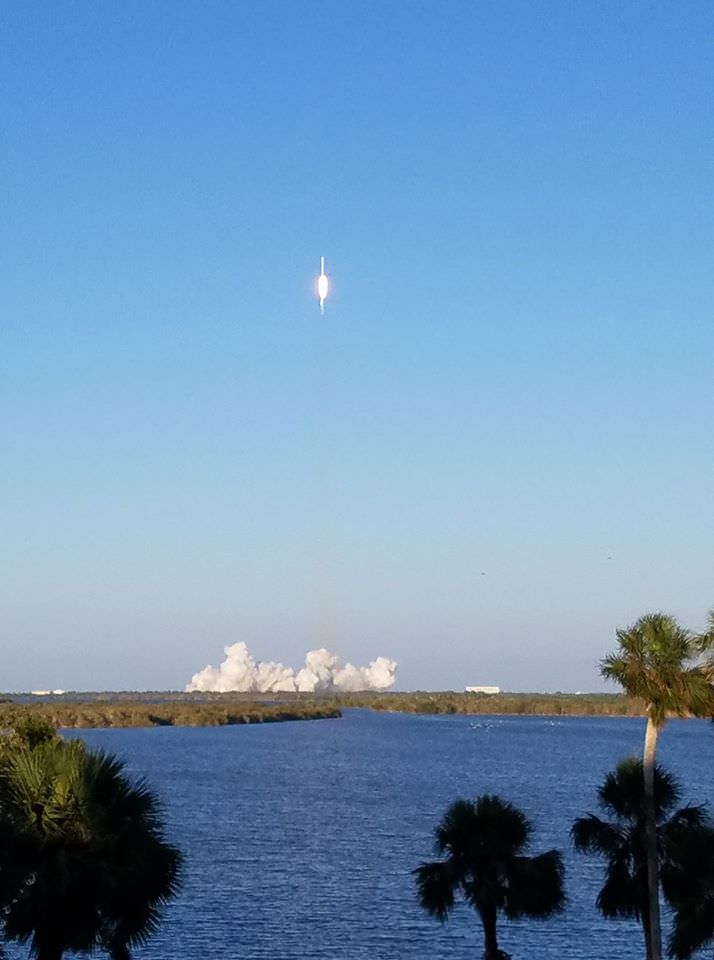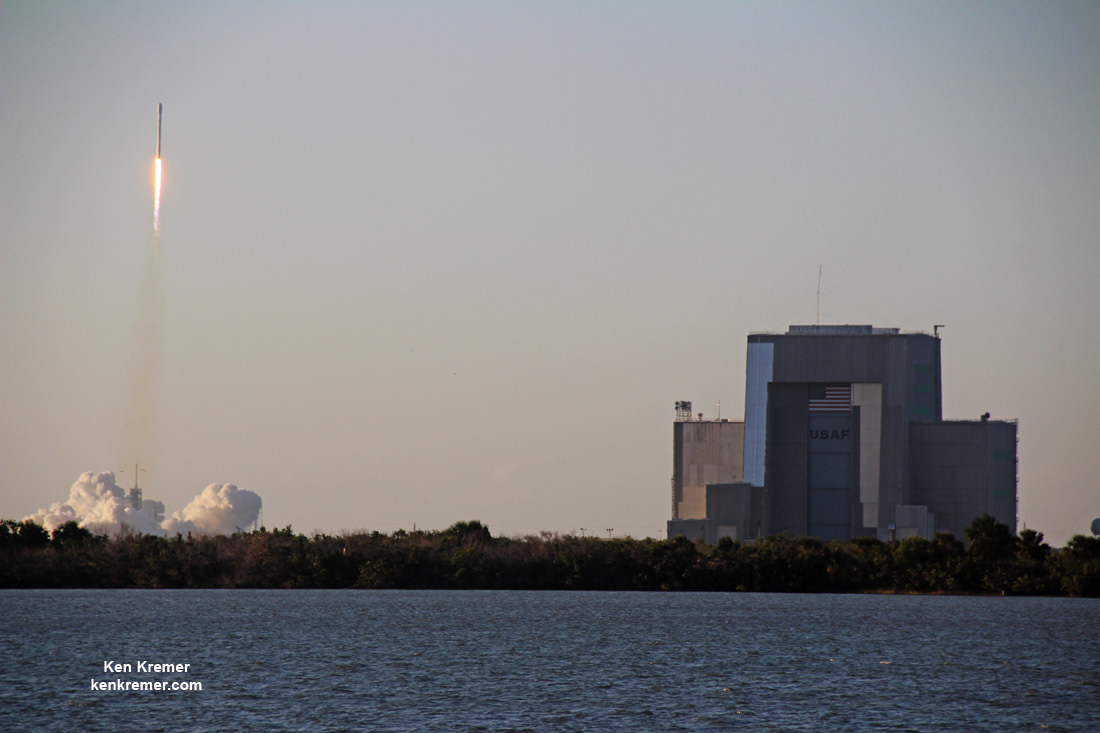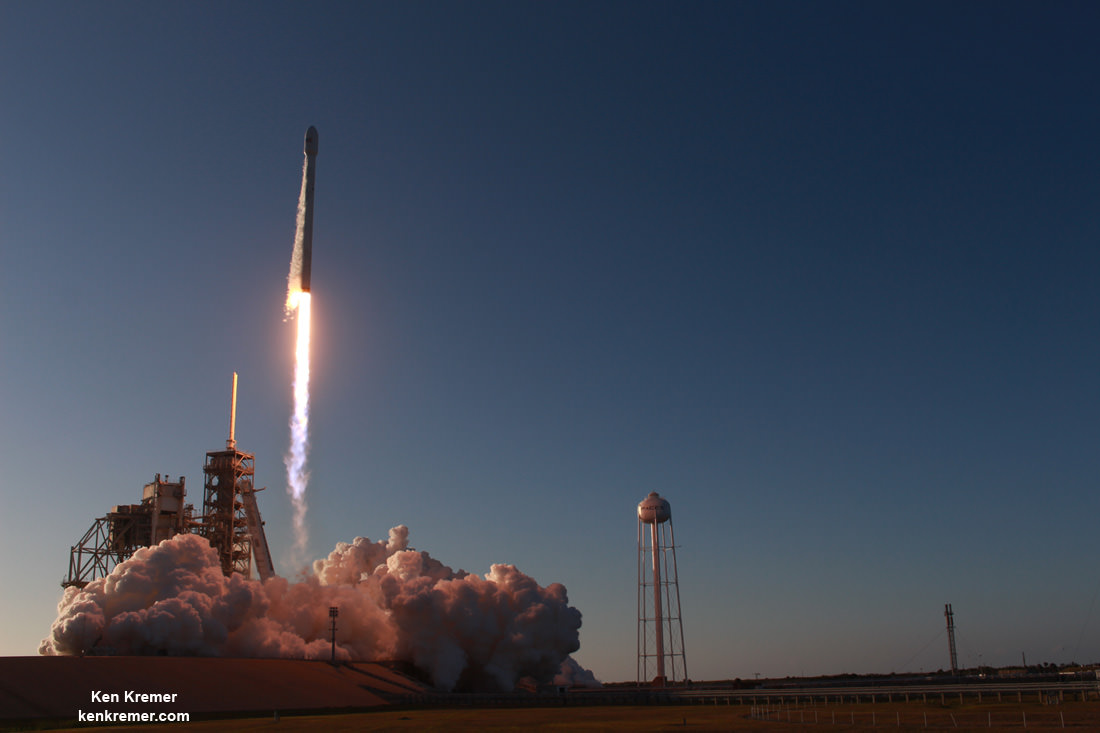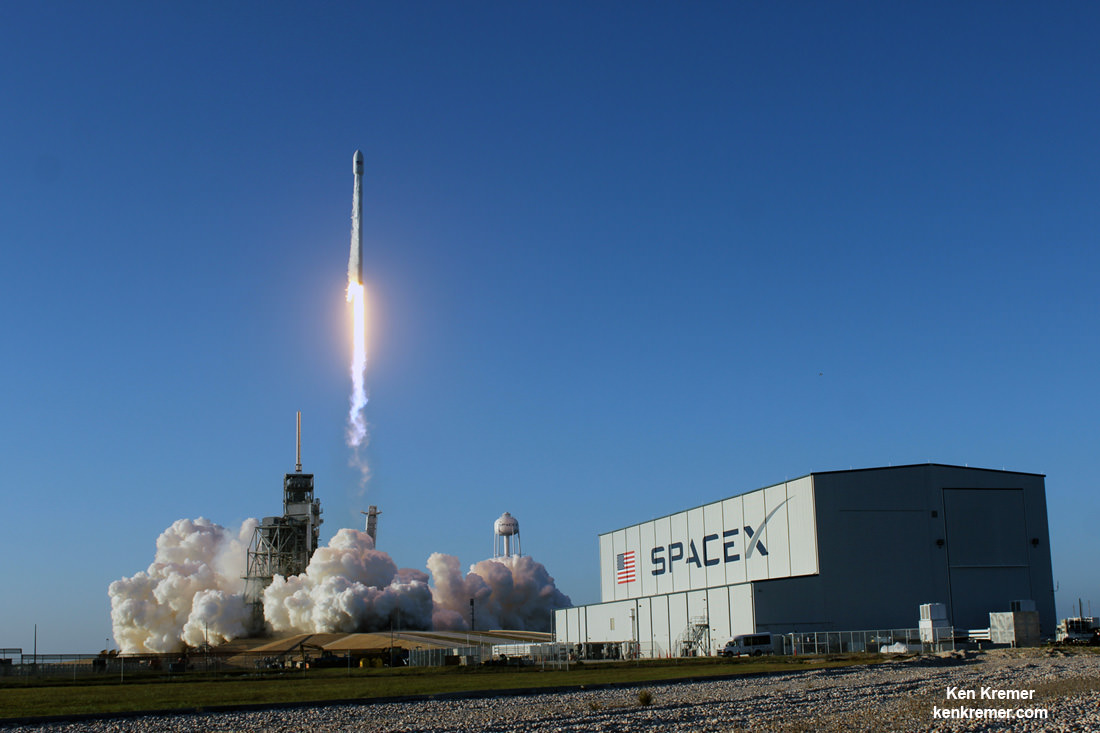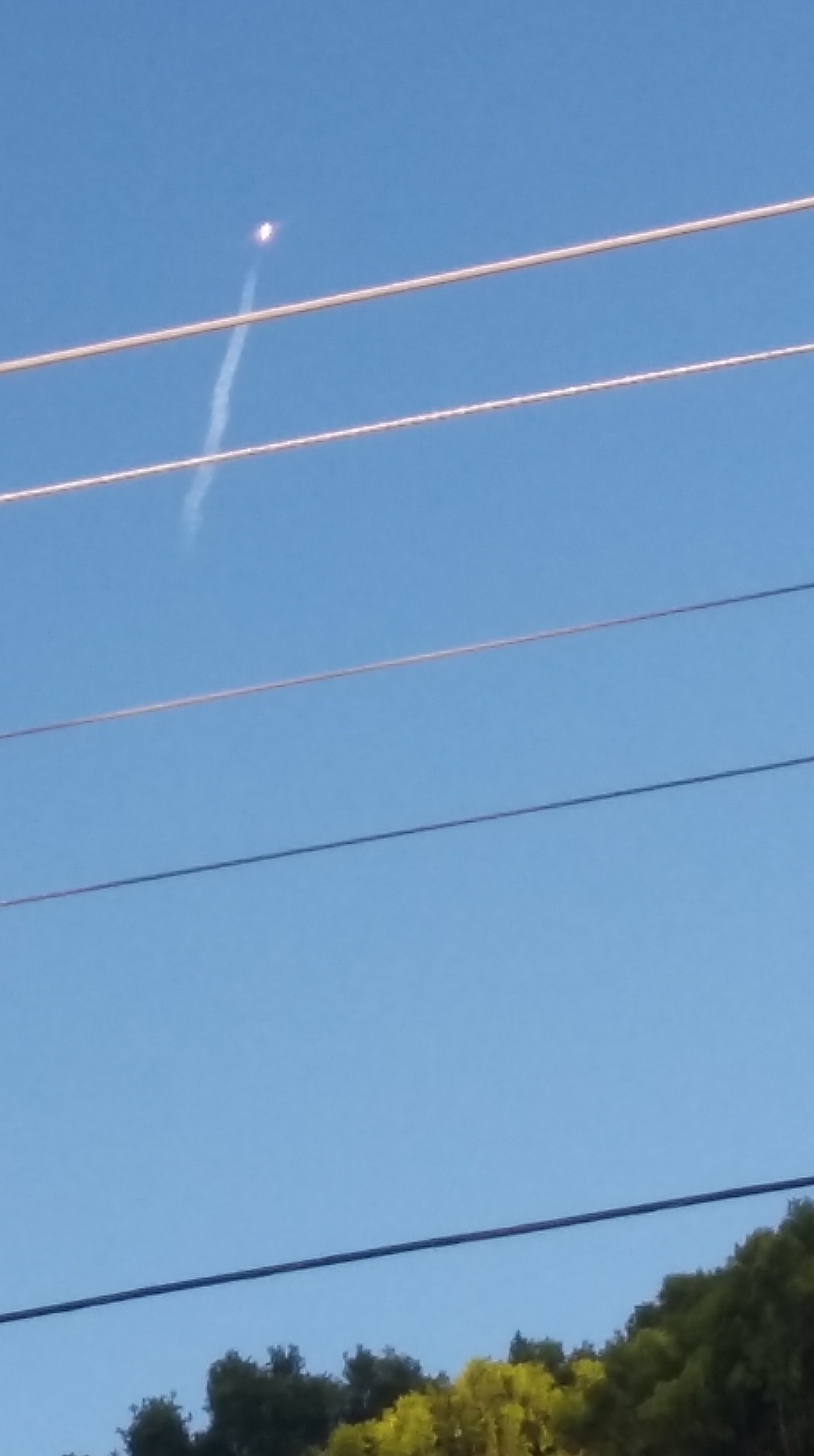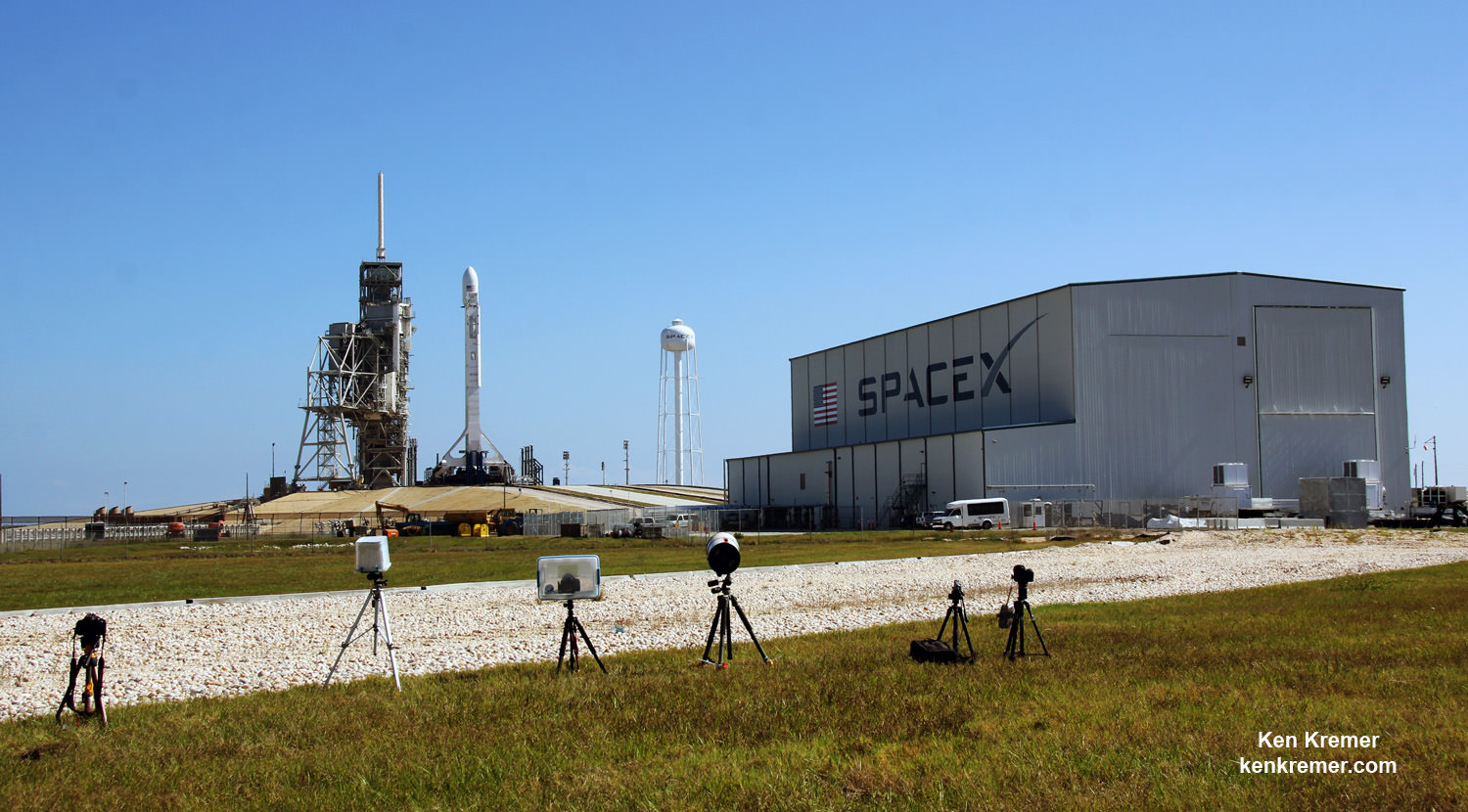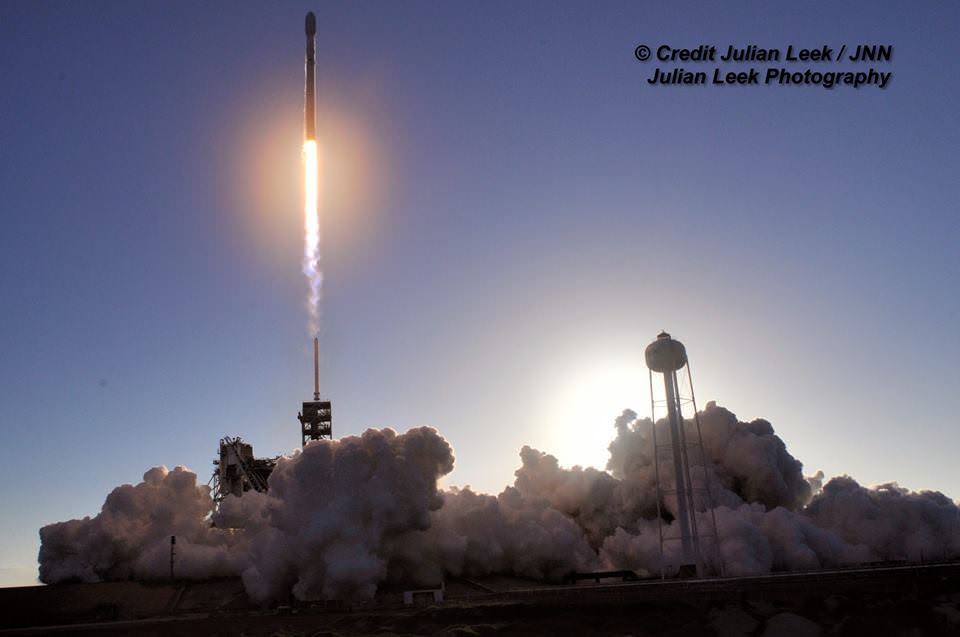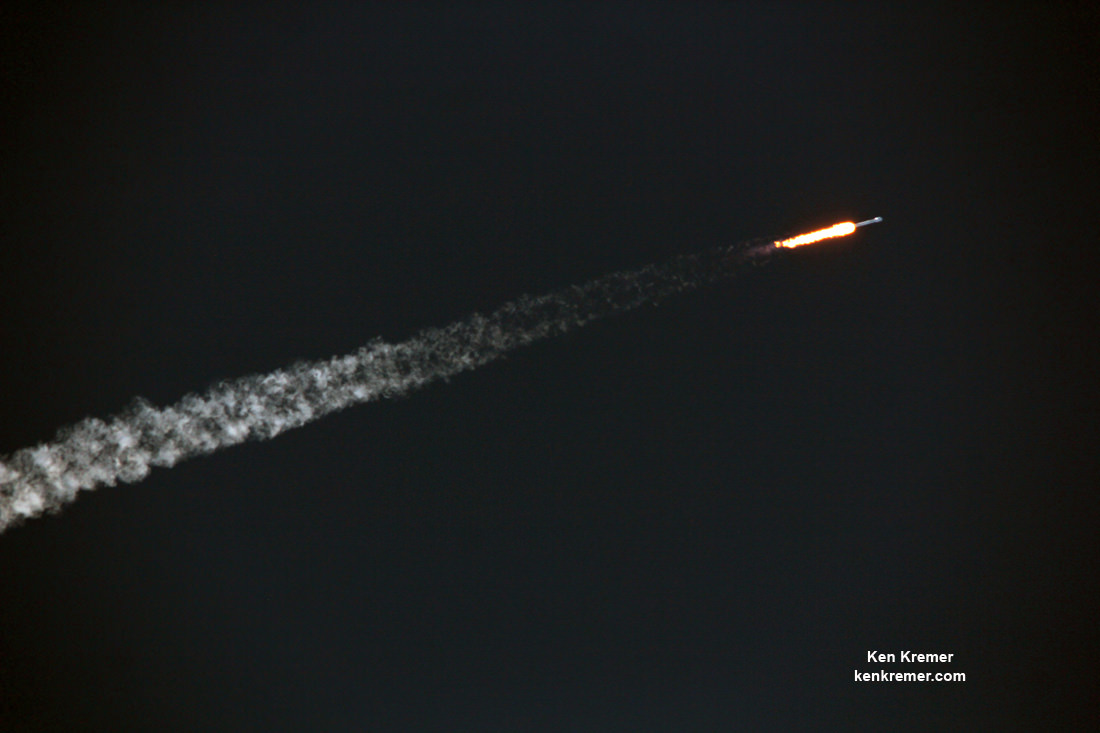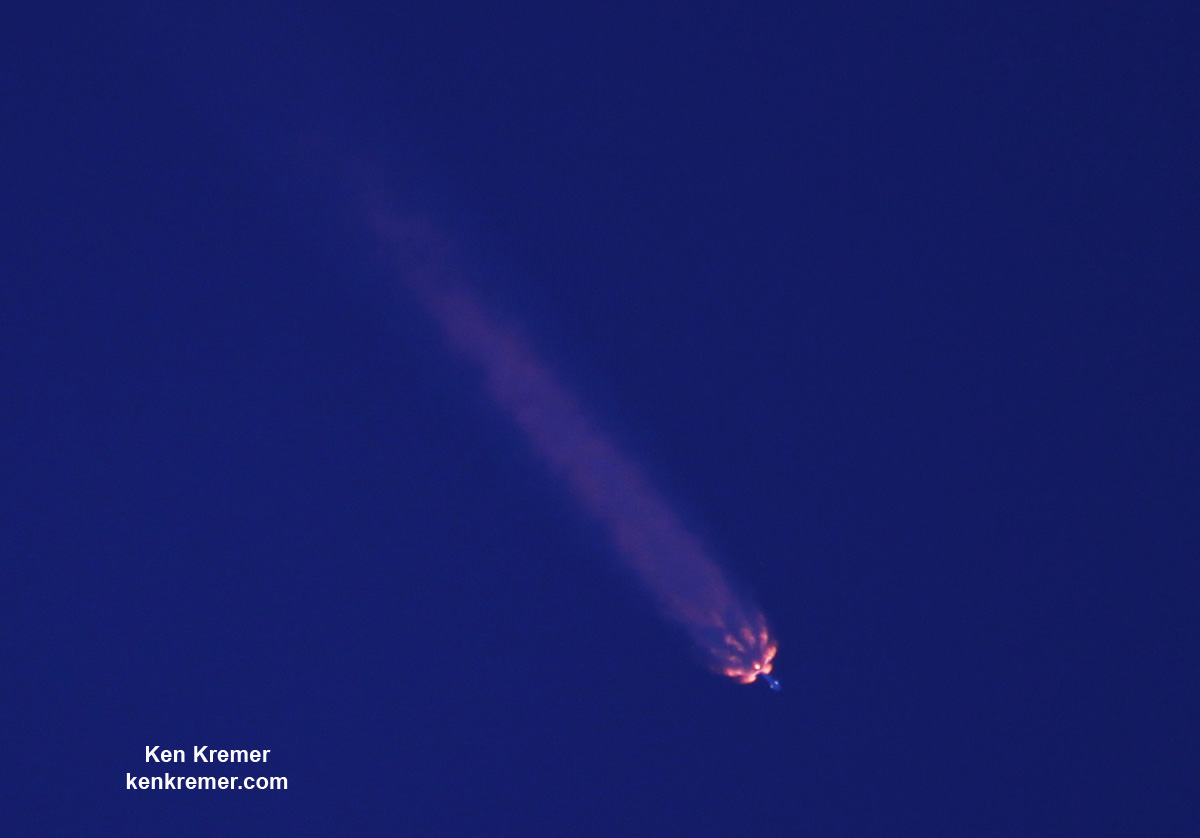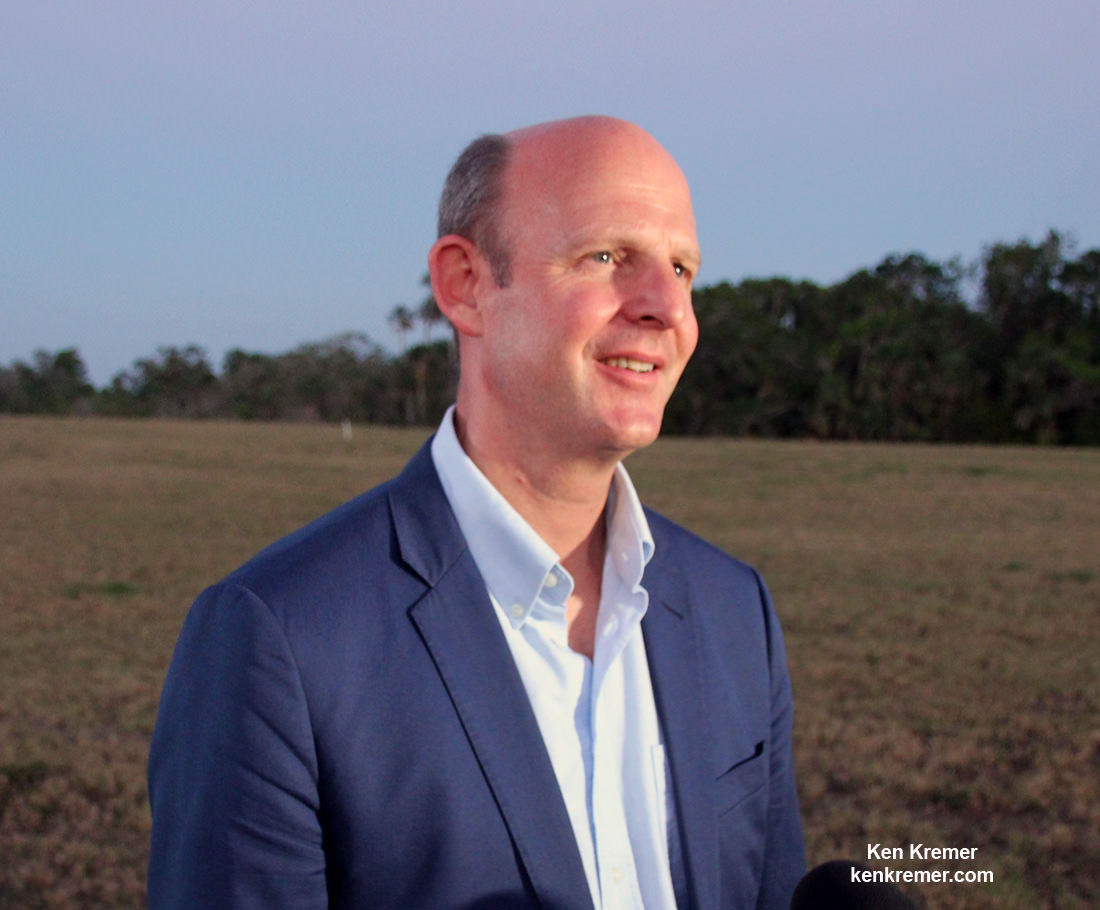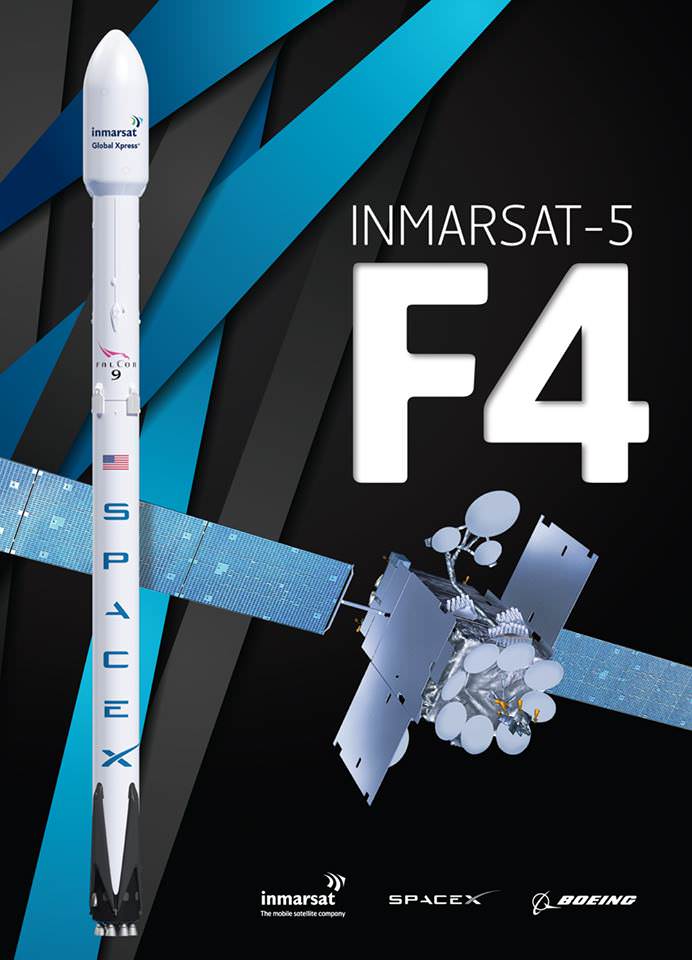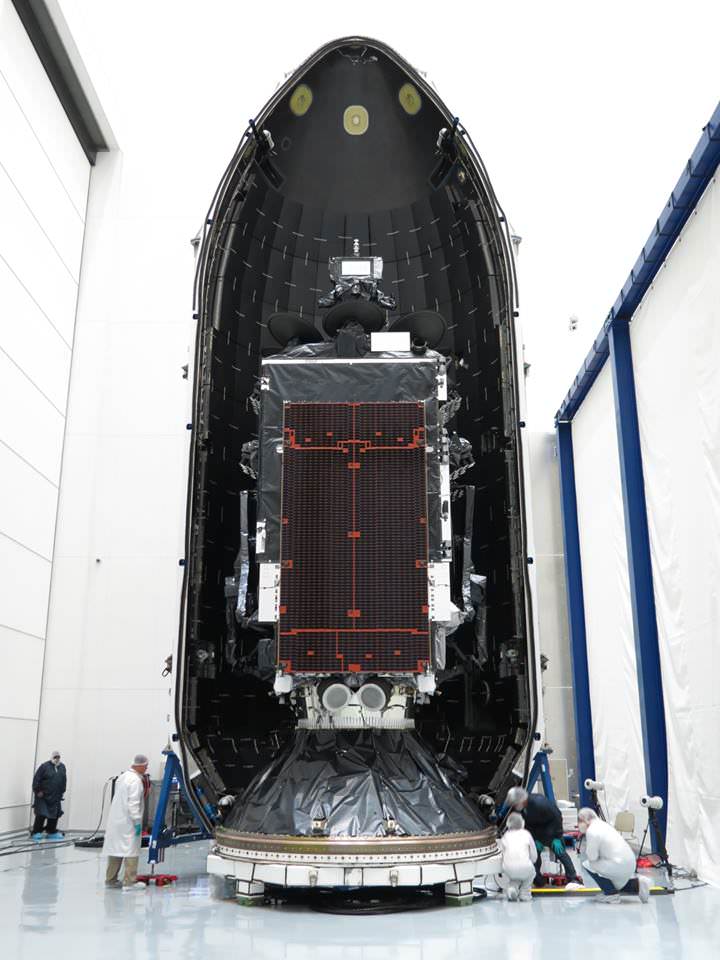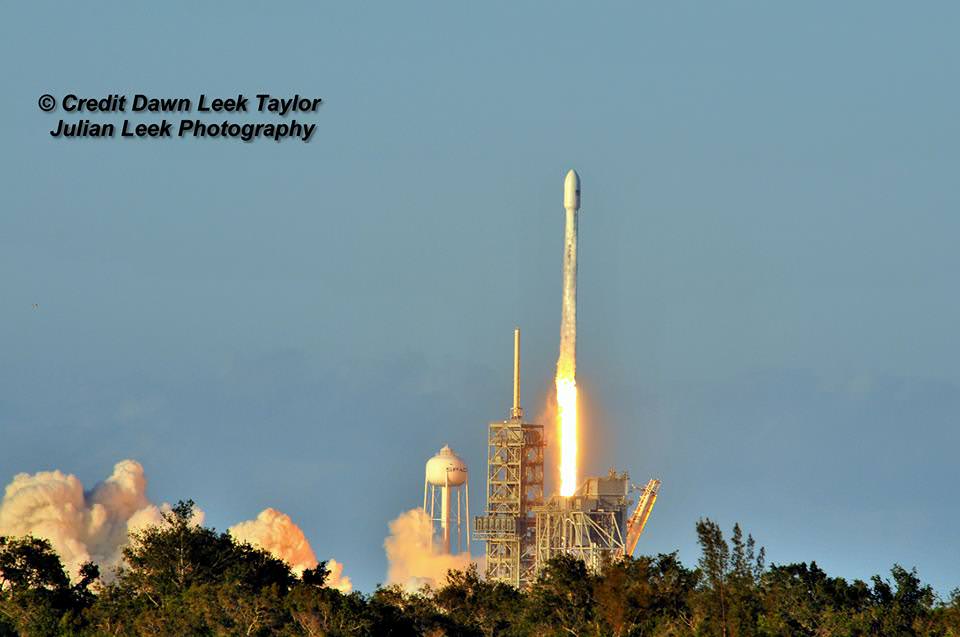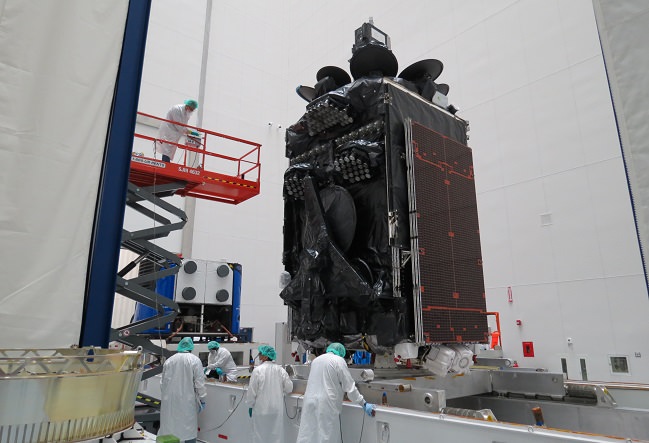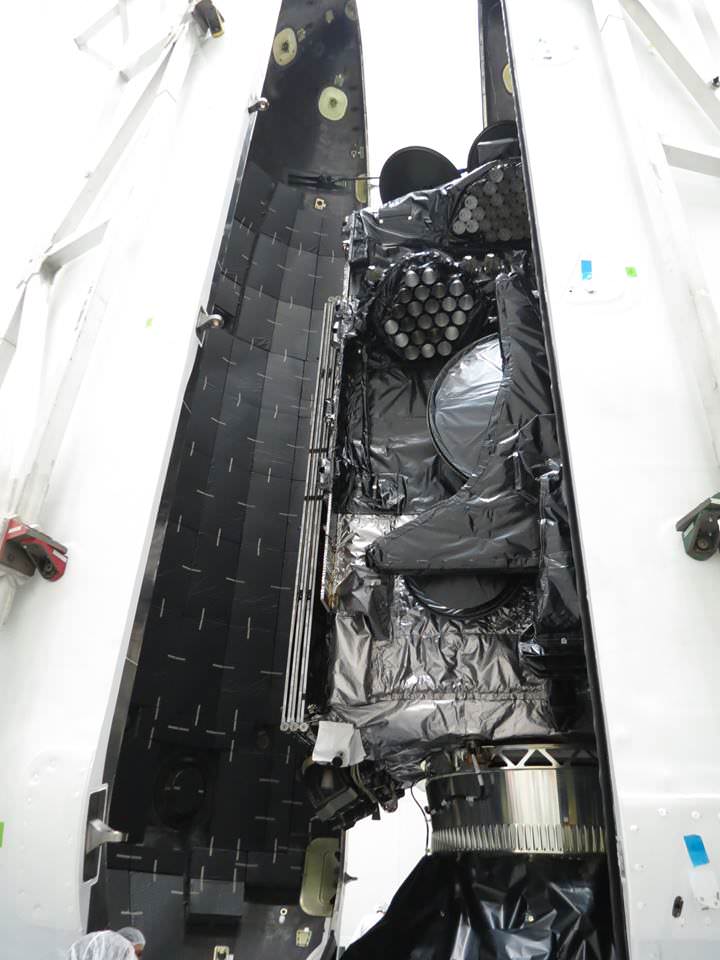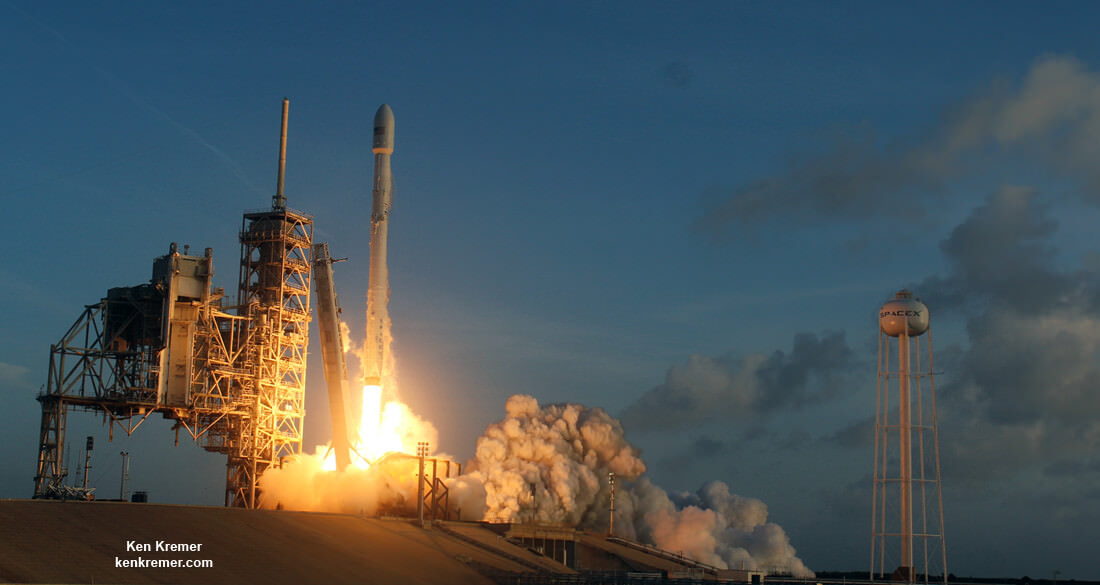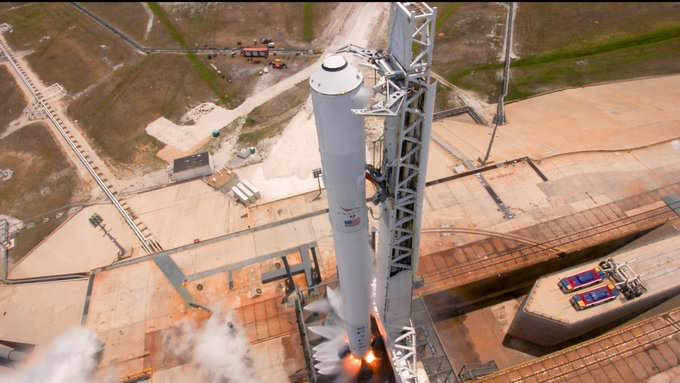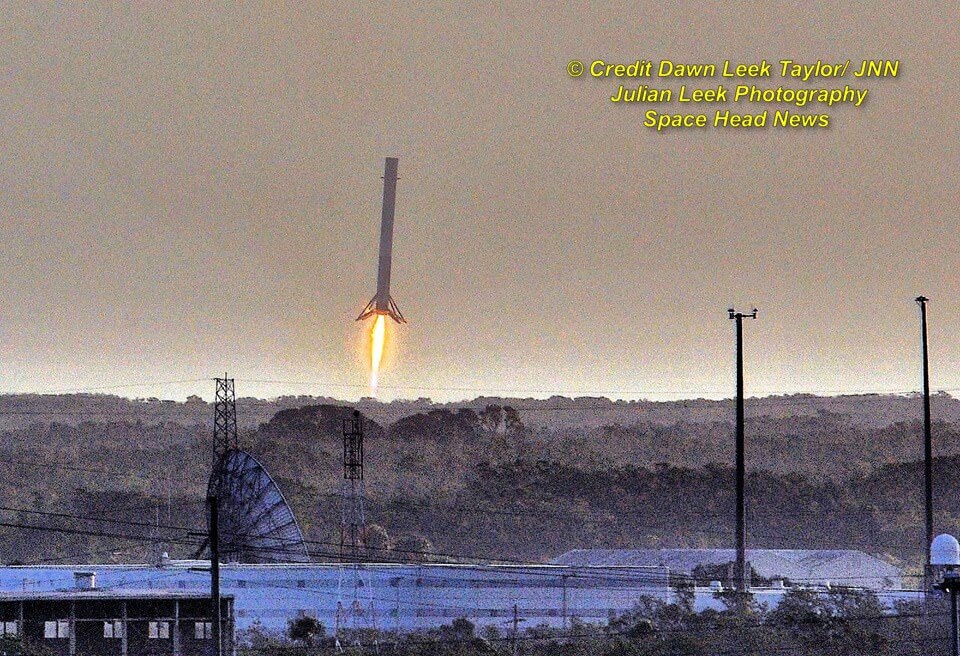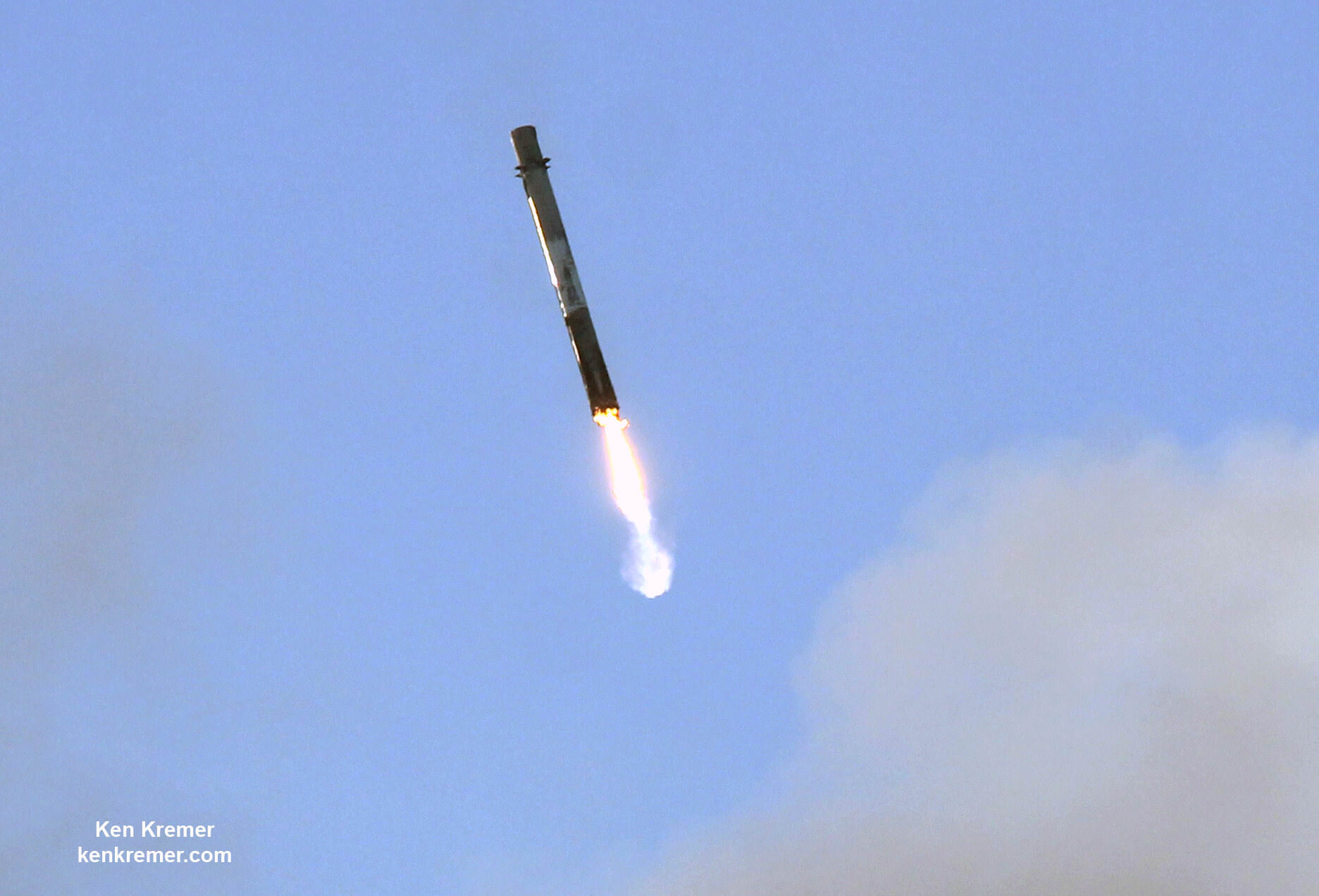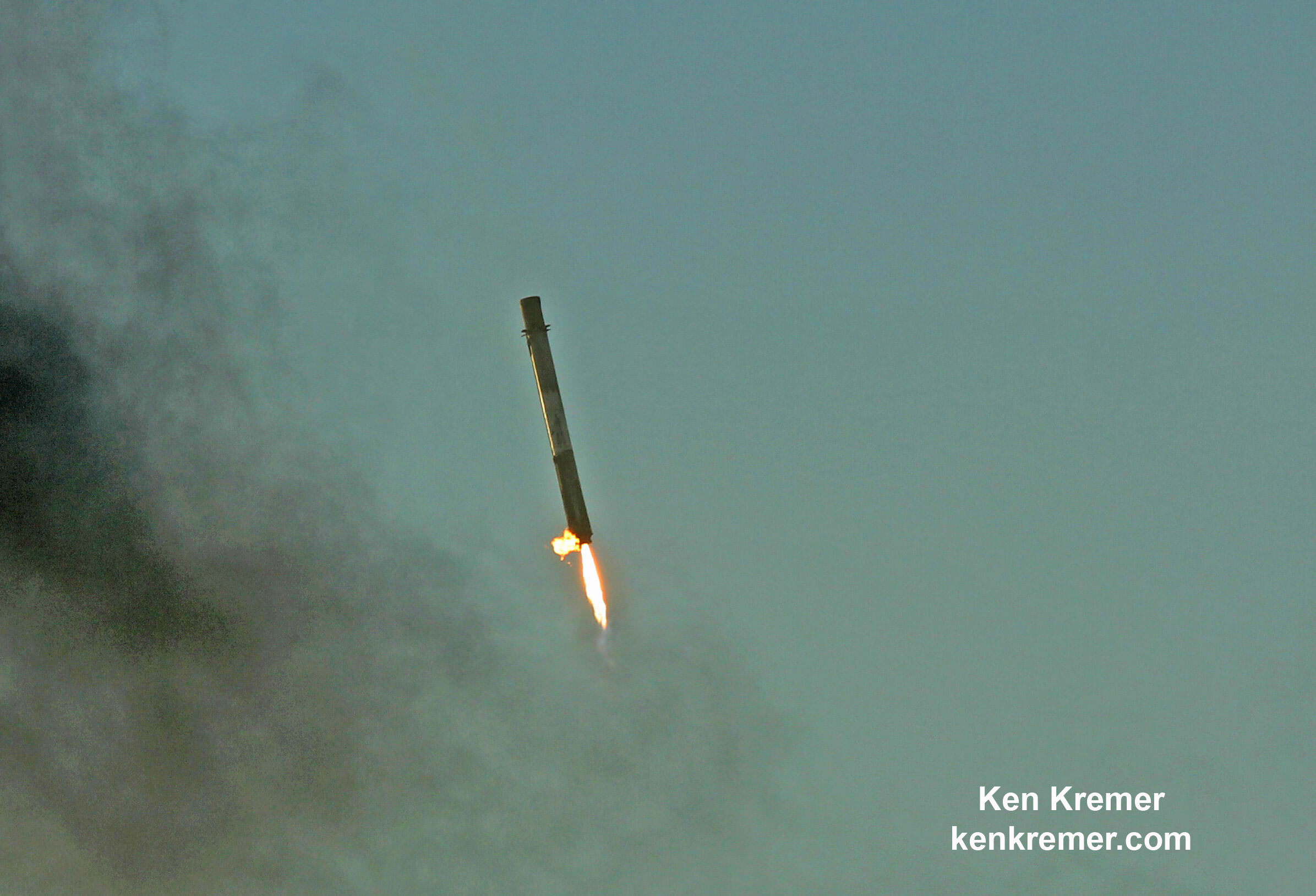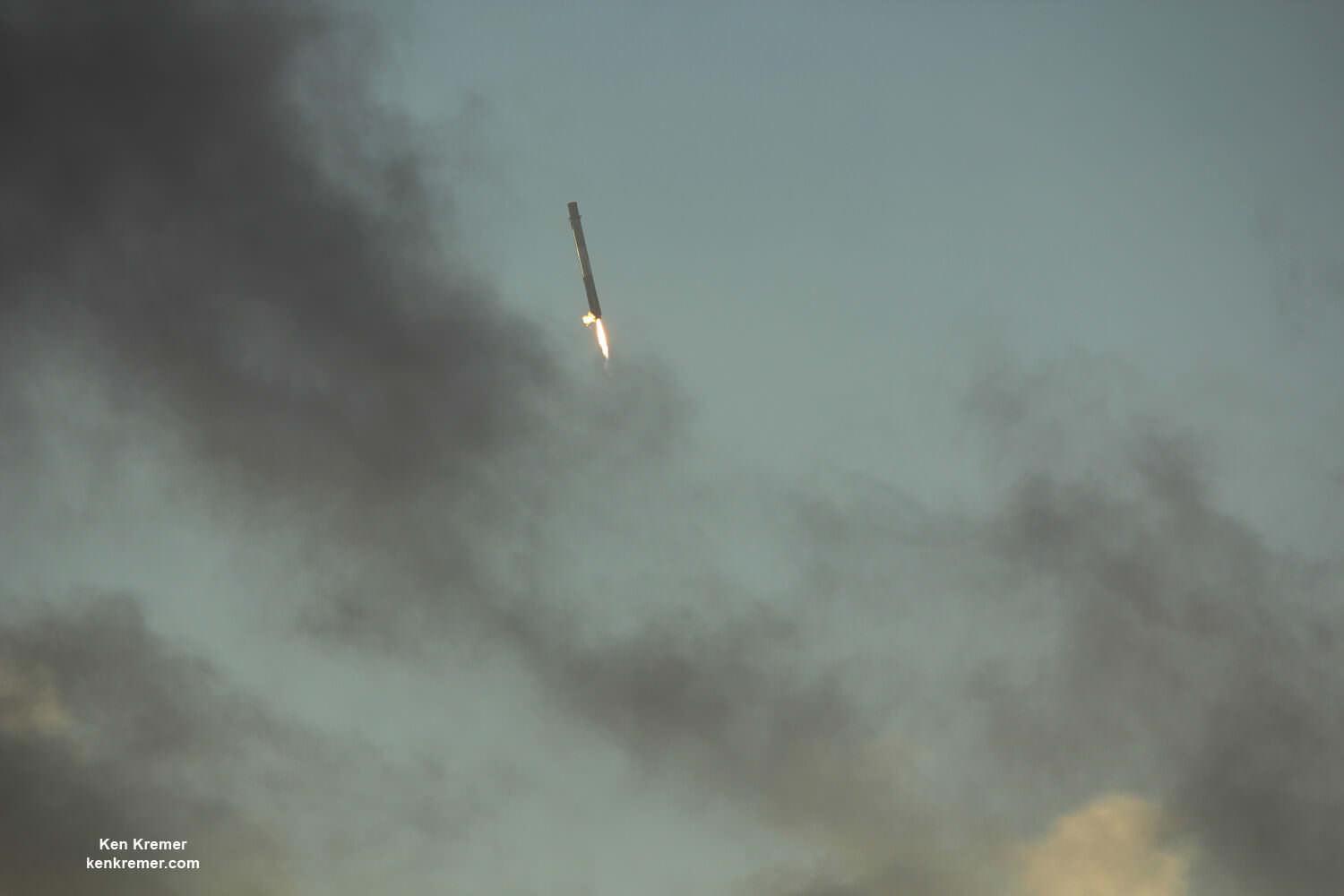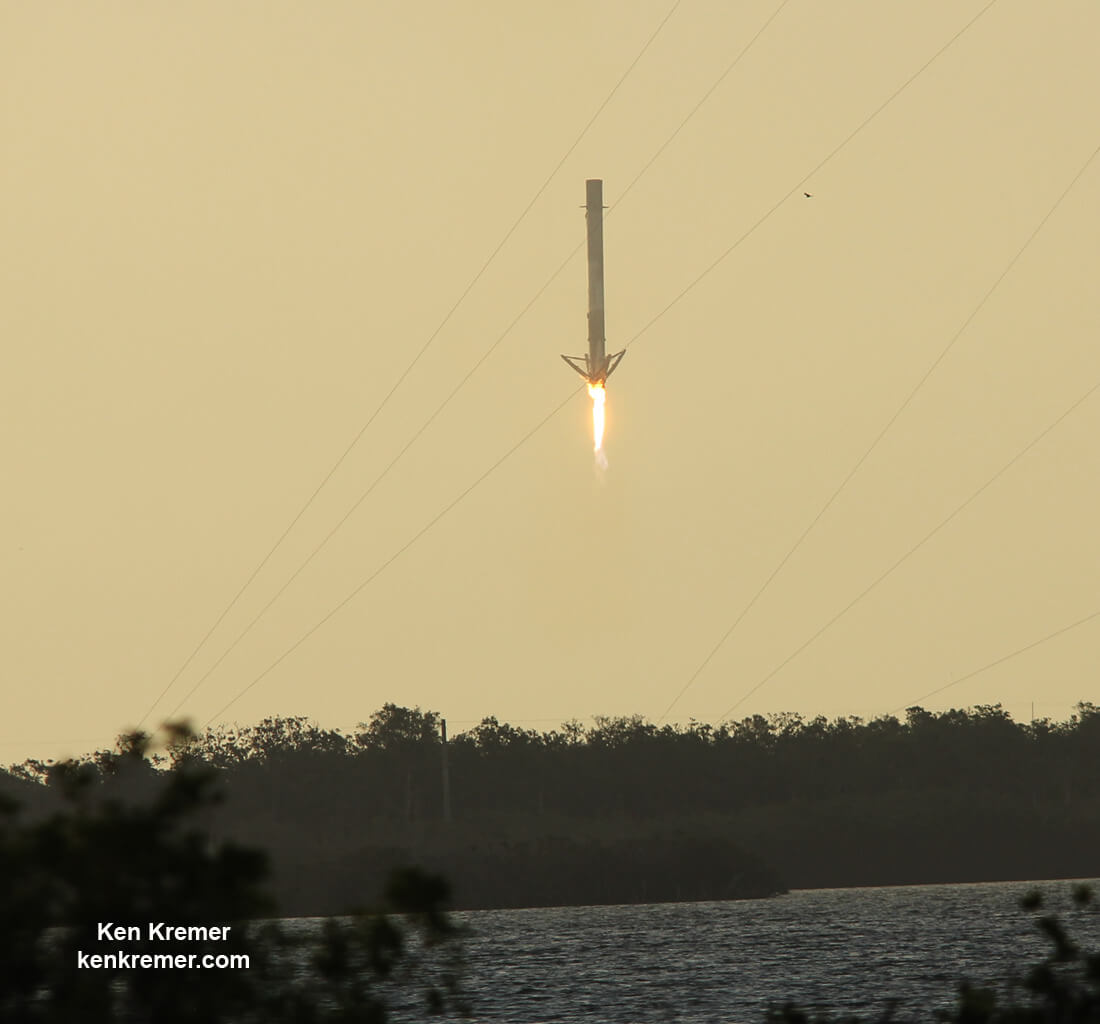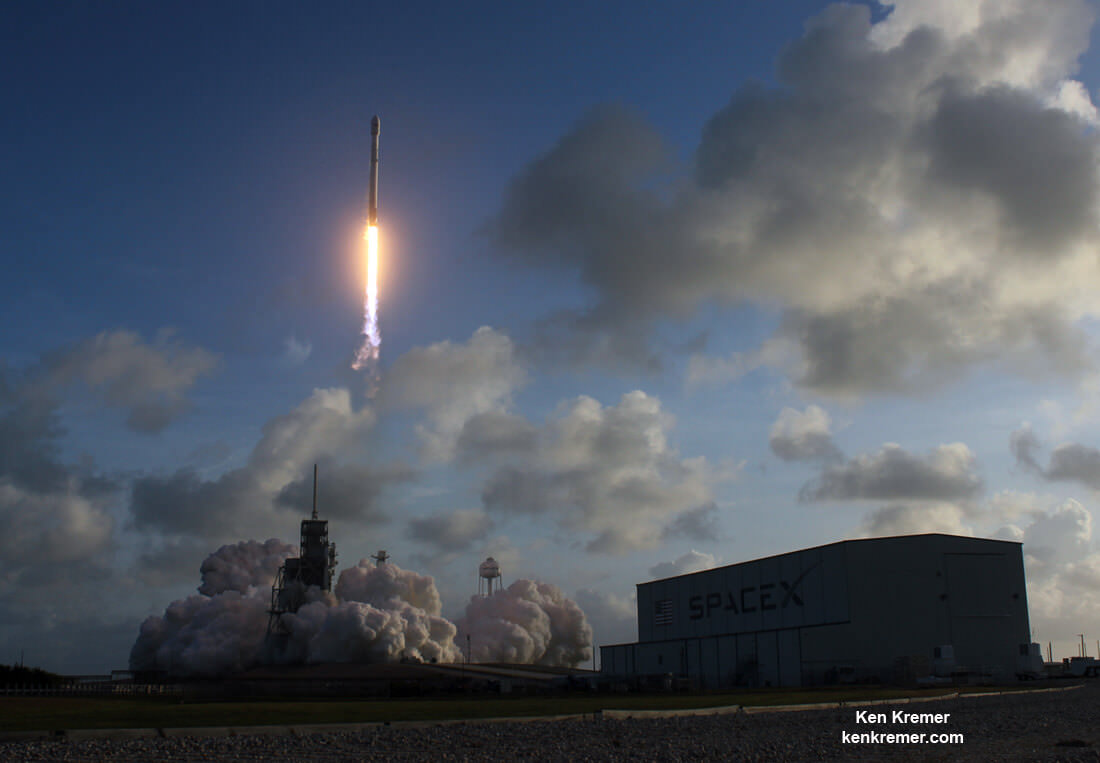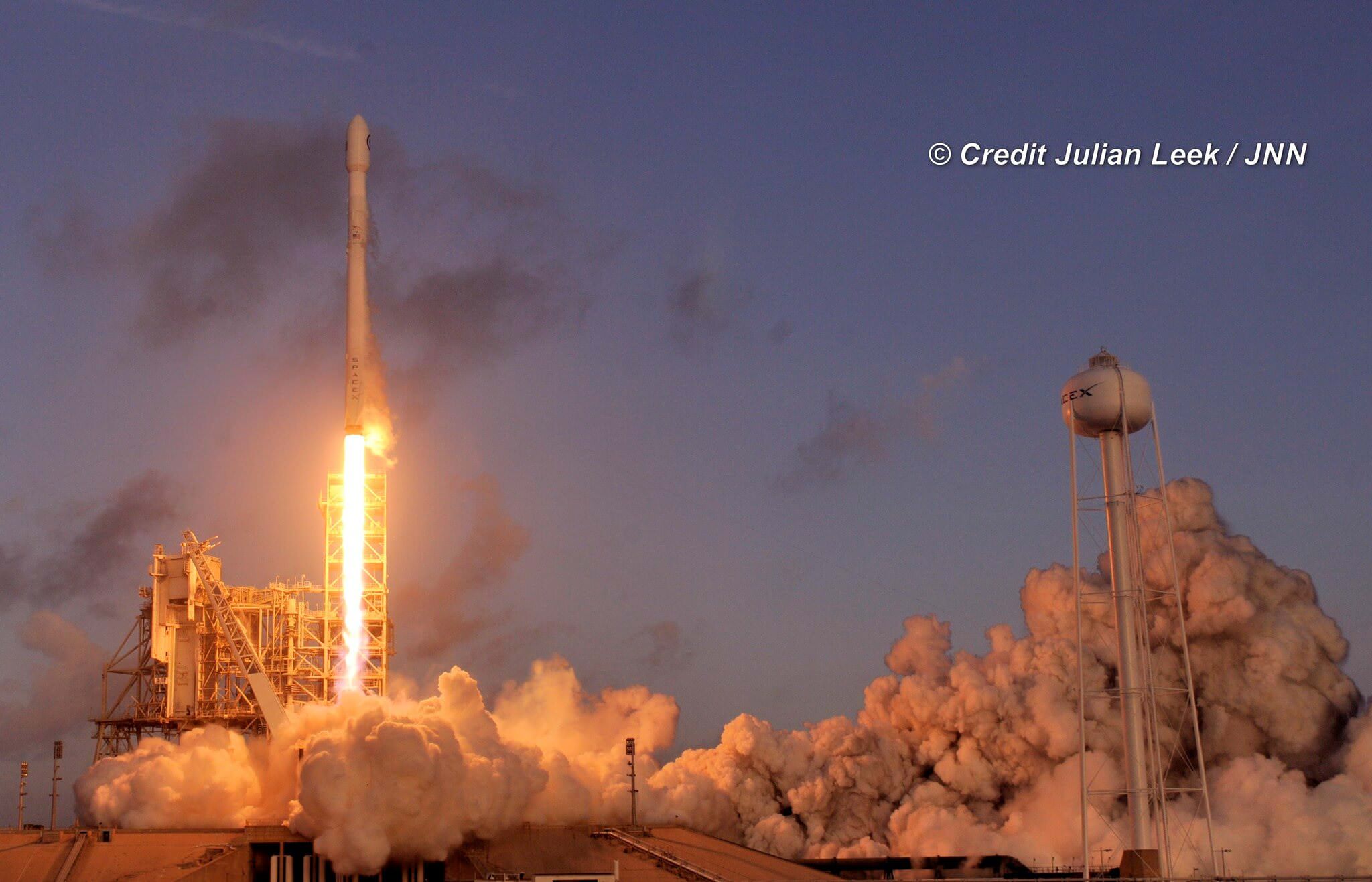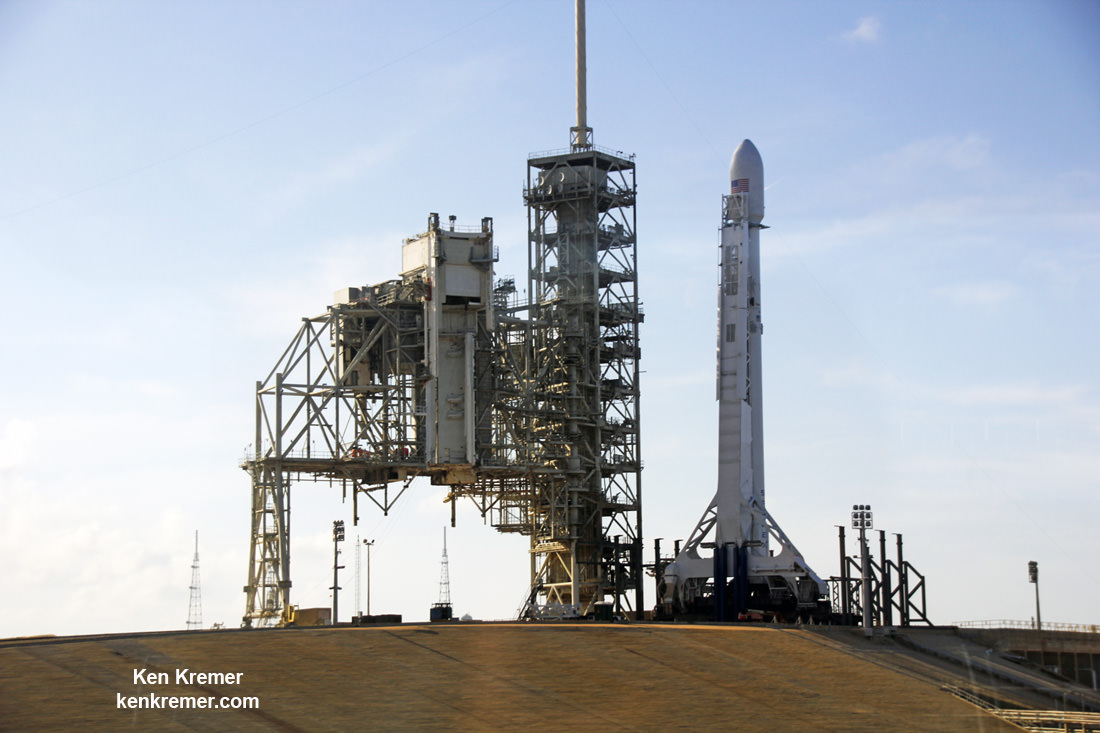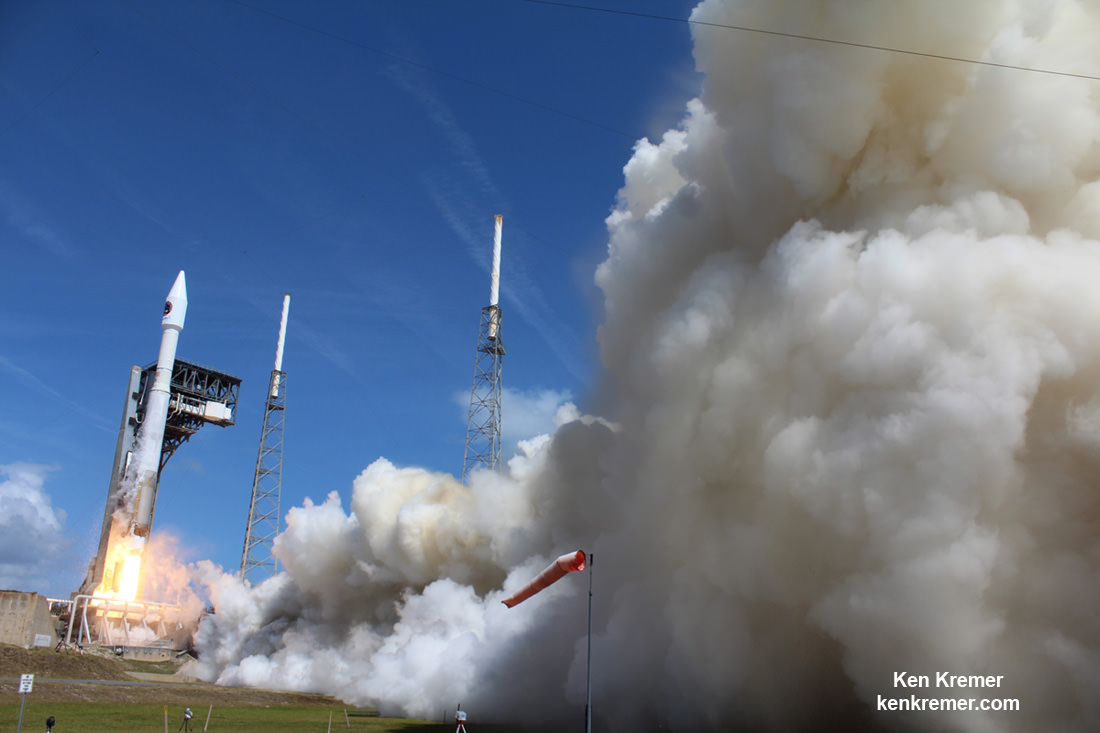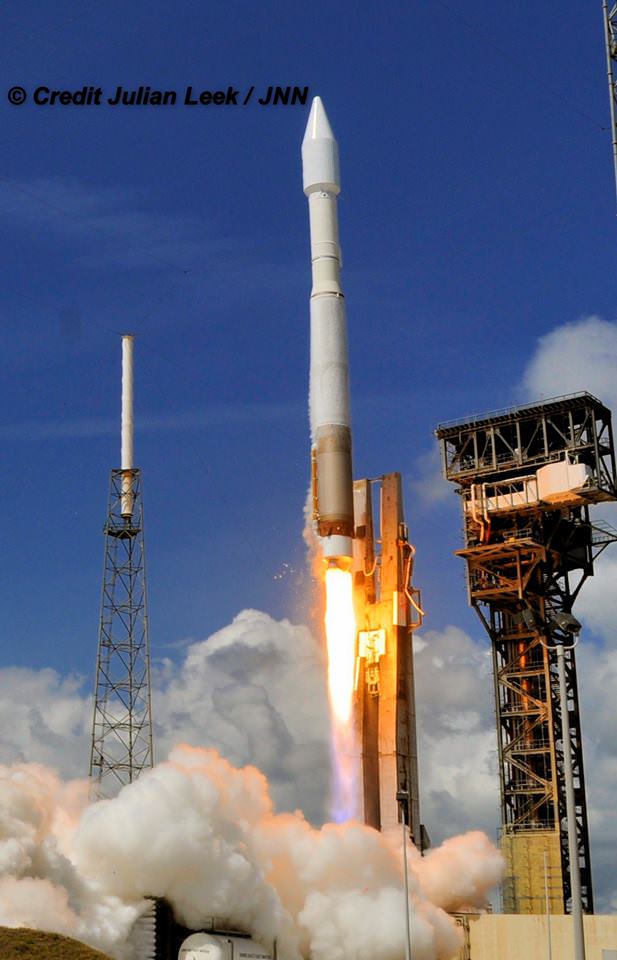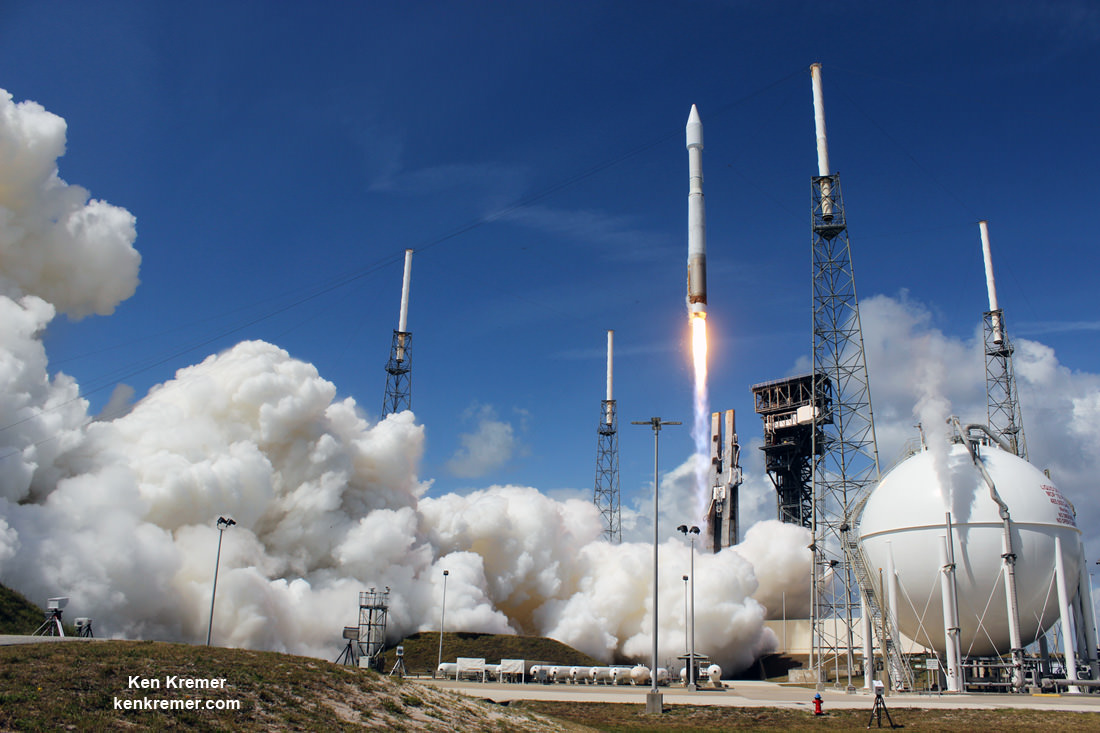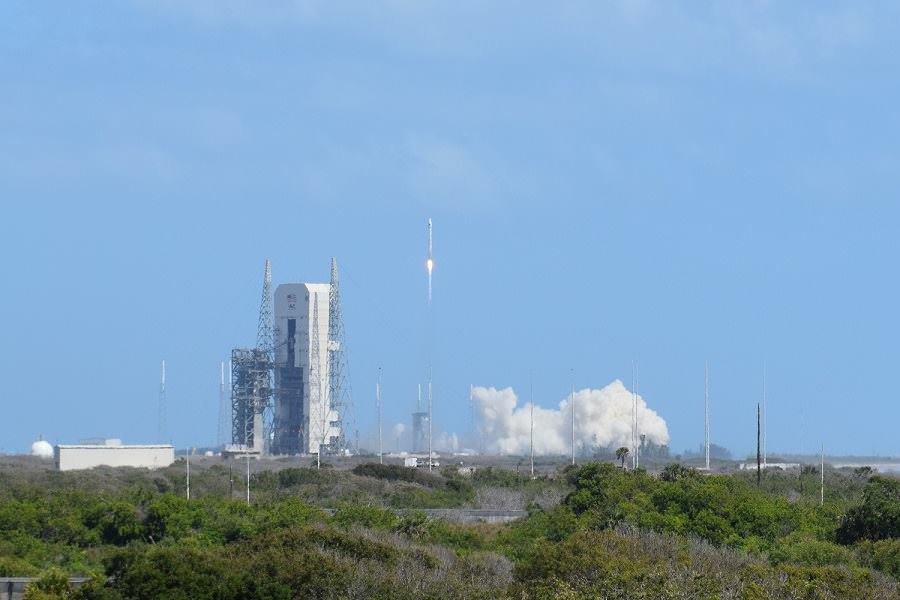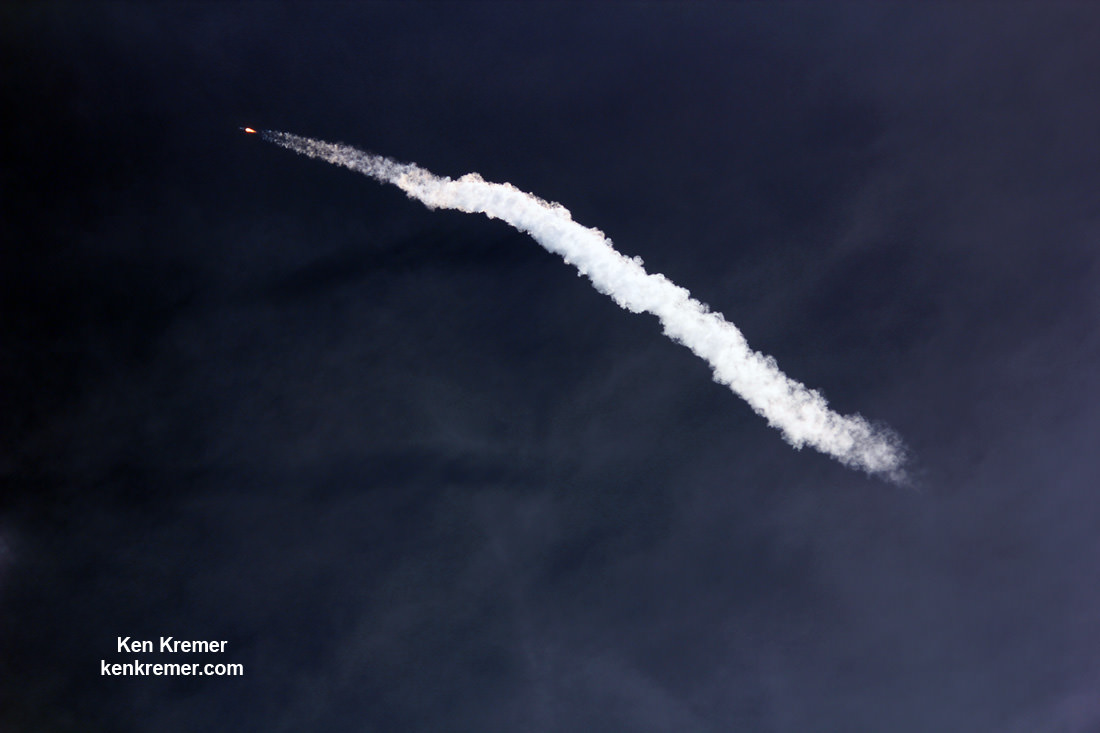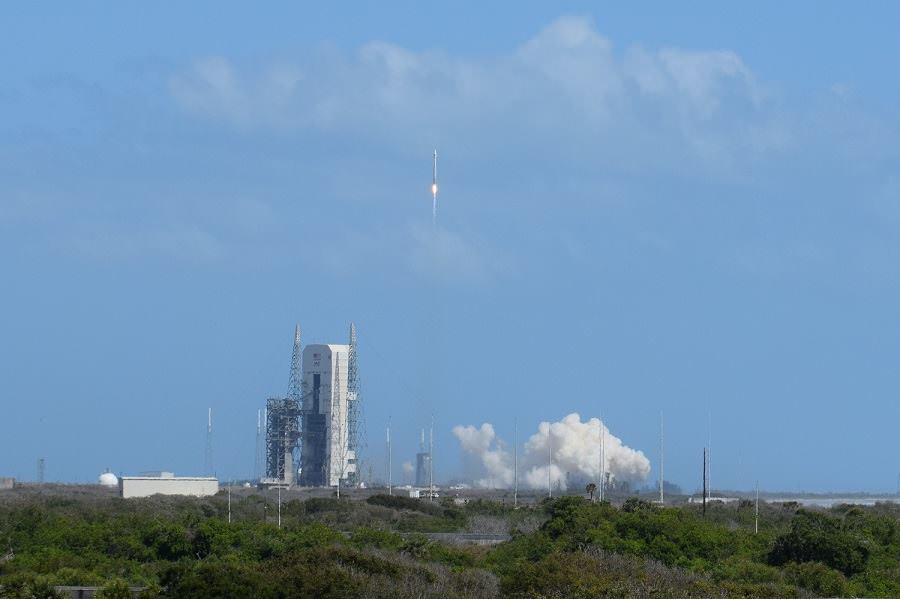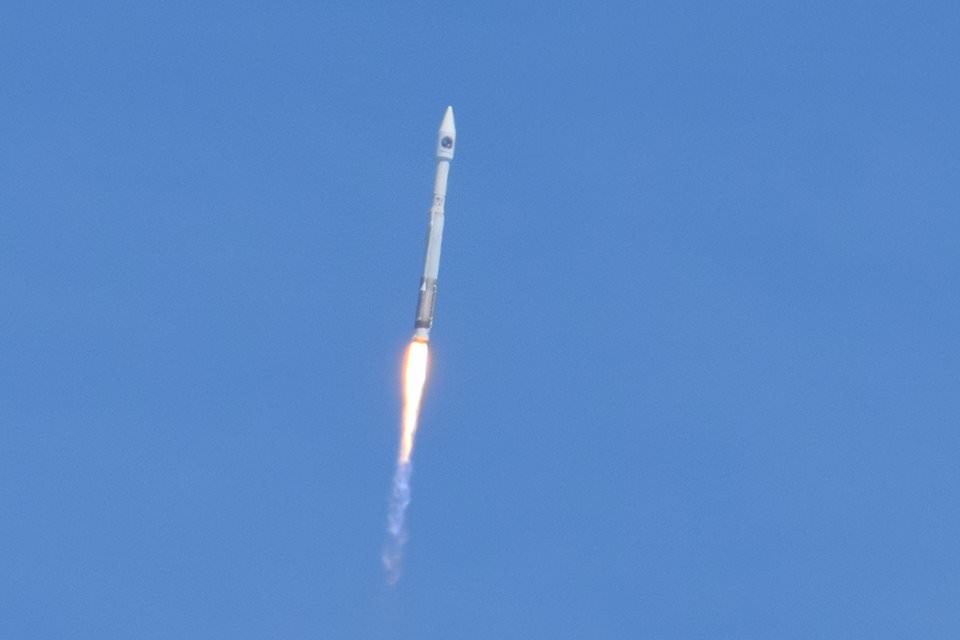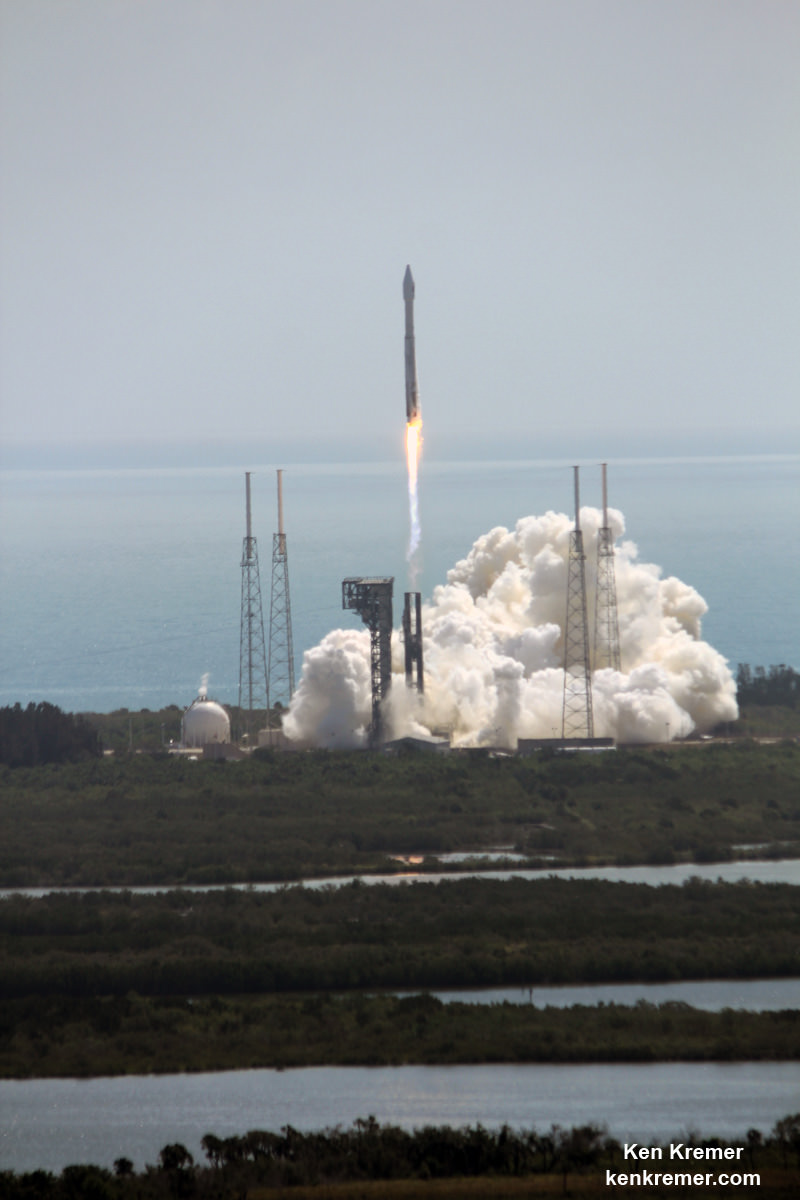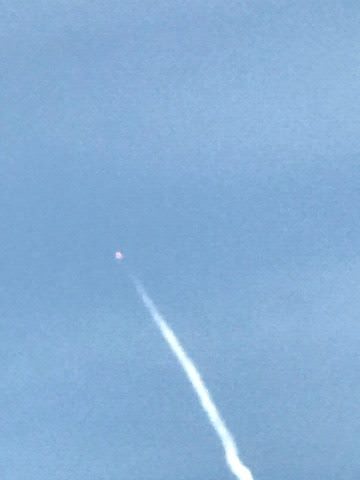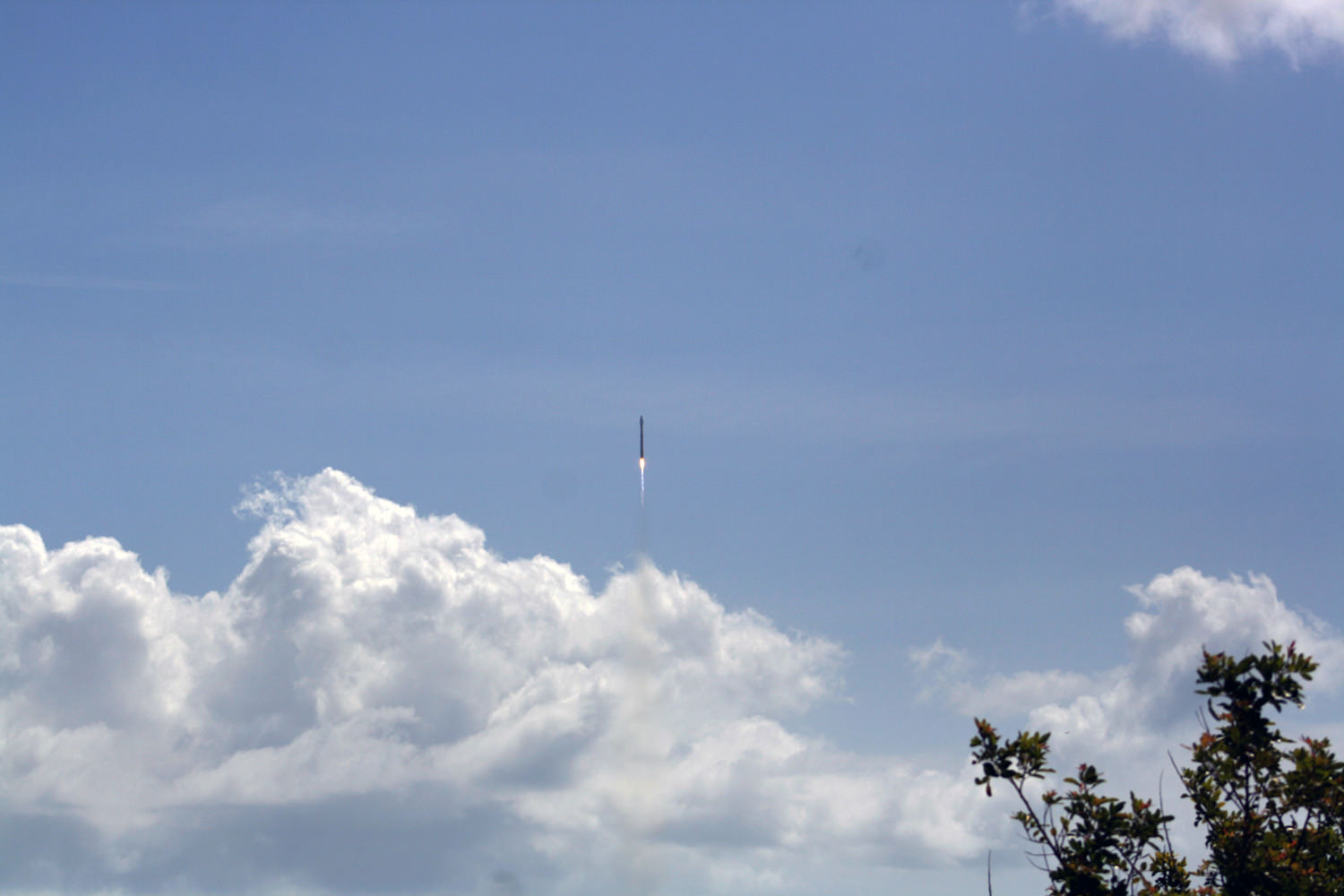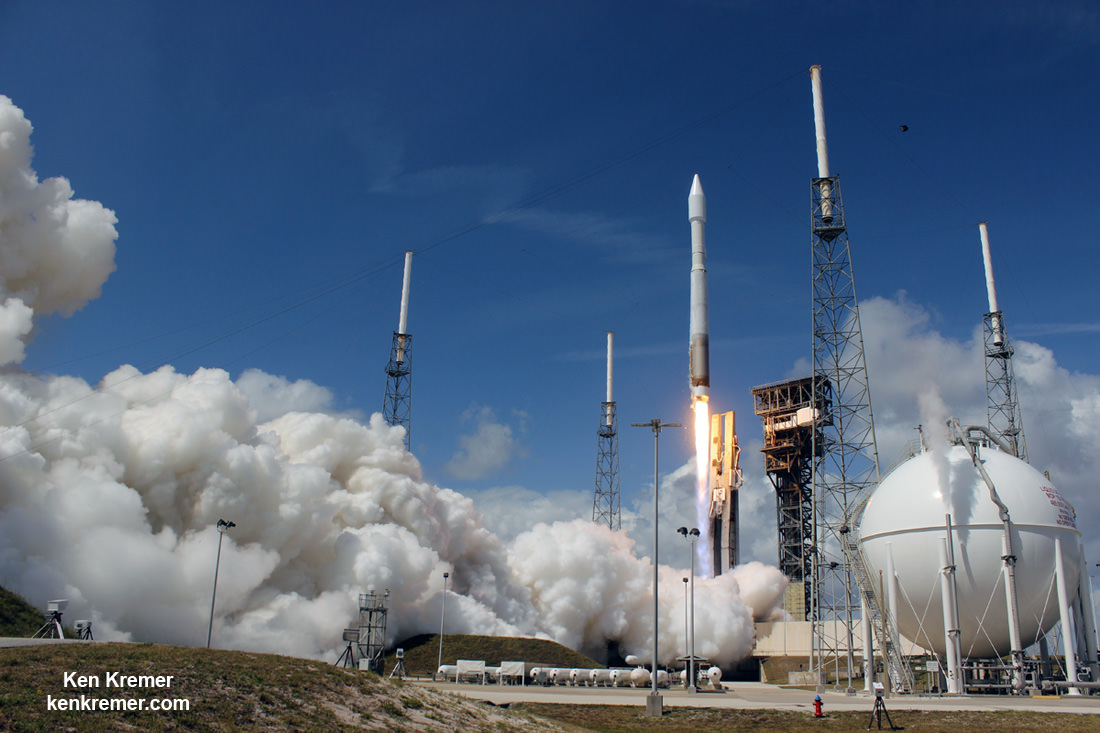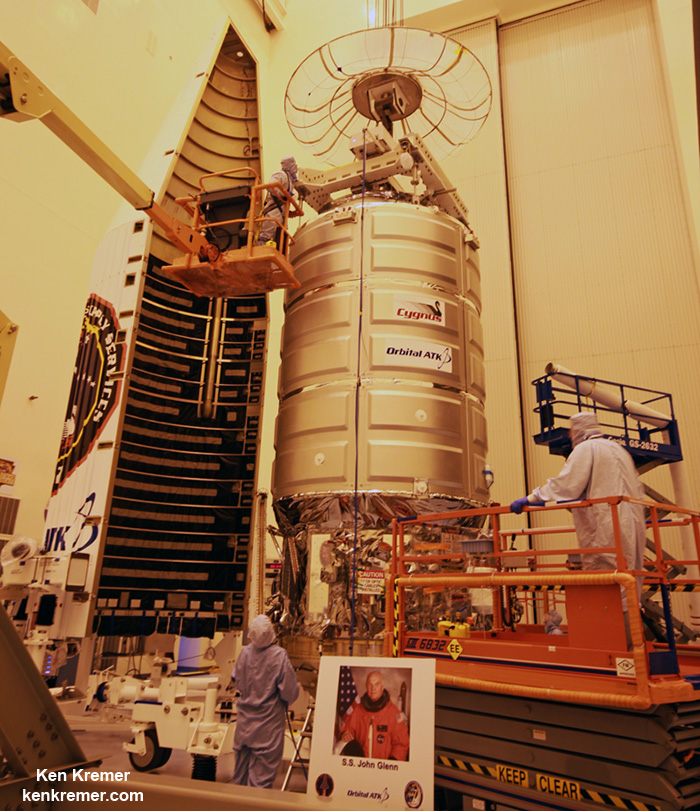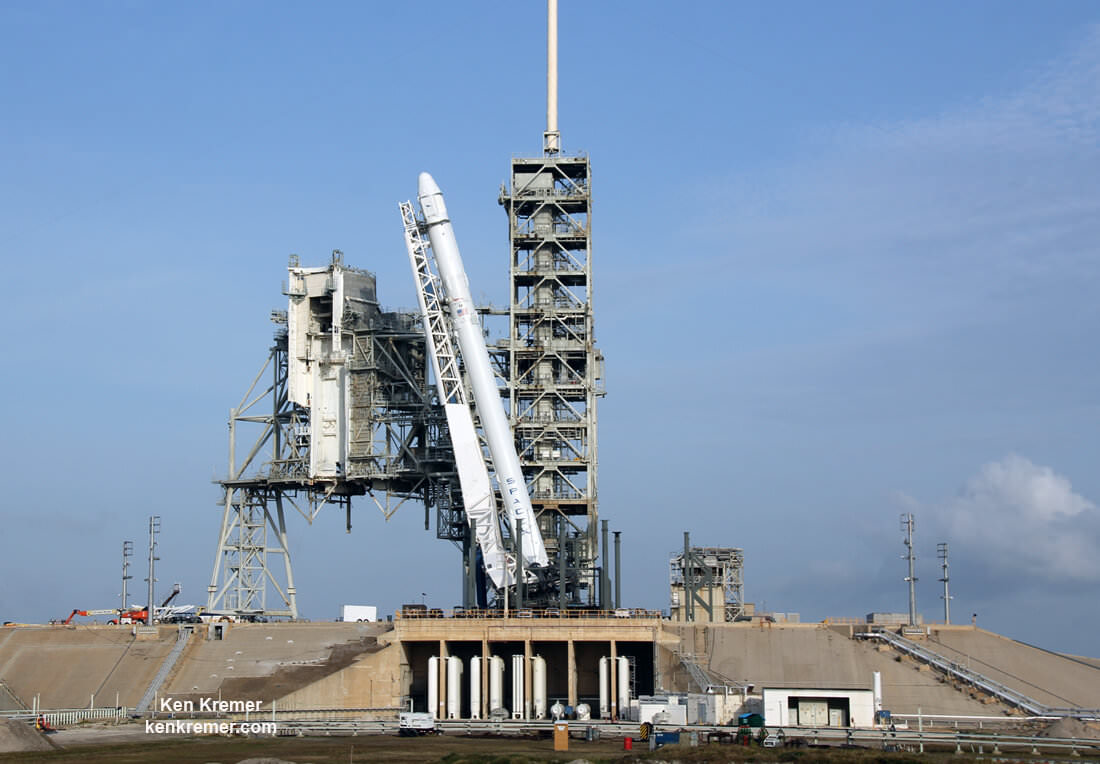
KENNEDY SPACE CENTER, FL – The 100th blastoff from NASA’s historic pad 39A features a SpaceX Dragon resupply mission carrying three tons of science and crew supplies to the International Space Station (ISS) as well as another unfathomable ground landing of the Falcon 9 rockets first stage. UPDATE: Stormy weather and lightning scrubs launch until Saturday, June 3 at 5:07 p.m. EDT
40 micetonauts are also aboard for a first of its kind osteoporosis science study – that seeks to stem the loss of bone density afflicting millions of people on Earth and astronauts crews in space by testing an experimental drug called NELL-1. Update: The rocket was lowered into horizontal position in order to swap out the 40 micetonauts and other time critial cargo items.
Liftoff of the SpaceX Falcon 9 rocket carrying the unmanned Dragon cargo freighter from seaside pad 39A at NASA’s Kennedy Space Center in Florida is slated for 5:55 p.m. EDT Thursday, June 1.
Everything is on track for Thursday’s dinnertime launch of the 230 foot tall SpaceX Falcon 9 on the NASA contracted SpaceX CRS-11 resupply mission to the million pound orbiting lab complex.
However since the launch window is instantaneous there is no margin. In case any delays arise during the countdown due to technical or weather issues a 48 hour scrub to Saturday will result.
The launch is coincidently scheduled for dinnertime offering a spectacular opportunity for fun for the whole family as space enthusiasts flock in from around the globe.
Plus SpaceX will attempt a land landing of the 156 foot tall first stage back at the Cape at Landing Zone 1 some 9 minutes after liftoff.
To date SpaceX has successfully recovered 10 boosters, 4 by land and 6 by sea, over the past 18 months – in a feat straight out of science fiction but aimed at drastically slashing the cost of access to space.
If you can’t personally be here to witness the launch in Florida, you can watch NASA’s live coverage on NASA Television and the agency’s website.
The SpaceX/Dragon CRS-11 launch coverage will be broadcast on NASA TV beginning 5:15 p.m. on June 1. with additional commentary on the NASA launch blog.
SpaceX will also feature their own live webcast beginning approximately 20 minutes before launch at 5:35 p.m. EDT.
You can watch the launch live at NASA TV at – http://www.nasa.gov/nasatv
You can watch the launch live at SpaceX Webcast at – spacex.com/webcast
In the event of delay for any reason, the next launch opportunity is 5:07 p.m. Saturday, June 3, with NASA TV coverage starting at 4:30 p.m.
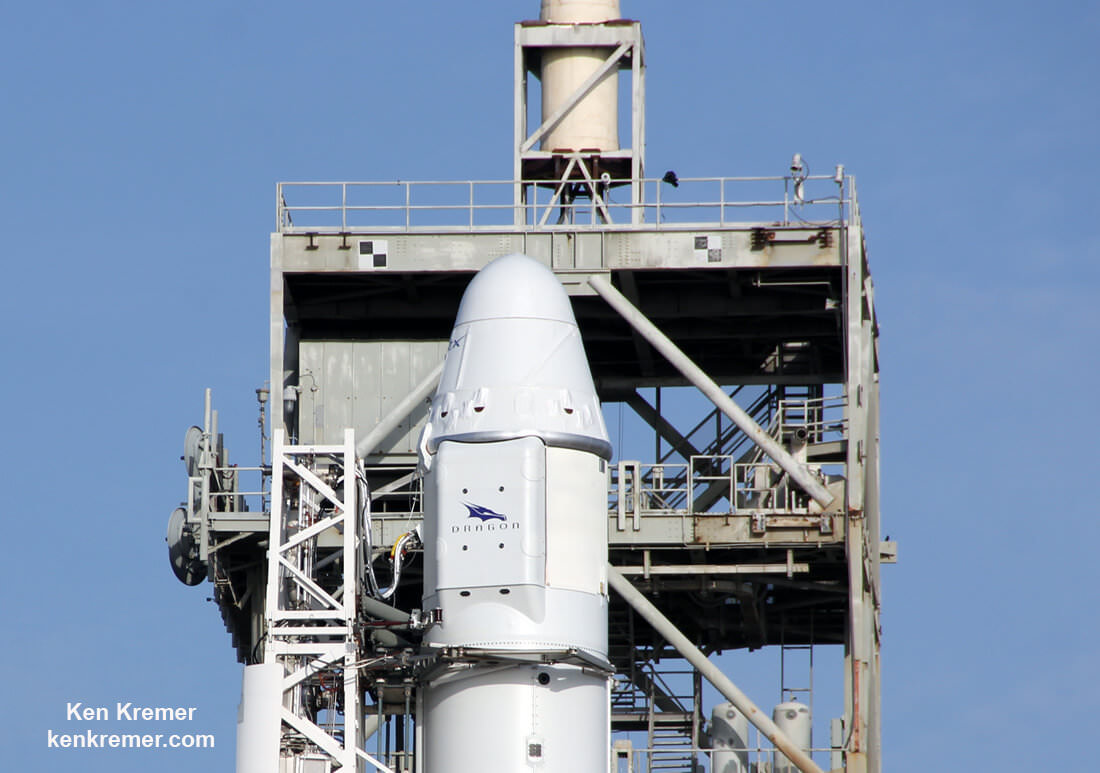
The weather looks somewhat iffy at this time with a 70% chance of favorable conditions at launch time according to Air Force meteorologists with the 45th Space Wing at Patrick Air Force Base. The primary concerns on June 1 are for afternoon thunderstorms, anvil clouds and cumulus clouds.
The odds drop to 60% favorable for the scrub day on June 3.
The Dragon resupply ship dubbed Dragon CRS-11 counts as SpaceX’s eleventh contracted commercial resupply services (CRS) mission to the International Space Station for NASA since 2012.
The 20-foot high, 12-foot-diameter Dragon is carrying almost 5,970 pounds of science research, crew supplies and hardware to the orbiting laboratory in support of Expedition 52 and 53 crew members.
The flight will deliver investigations and facilities that study neutron stars, osteoporosis, solar panels, tools for Earth-observation, and more.
The unpressurized trunk of the spacecraft also will transport 3 payloads for science and technology experiments and demonstrations.
The truck payloads include the Roll-Out Solar Array (ROSA) solar panels, the Multiple User System for Earth Sensing (MUSES) facility which hosts Earth-viewing instruments and tools for Earth-observation and equipment to study neutron stars with the Neutron Star Interior Composition Explorer (NICER) payload.
NICER is the first ever space mission to study the rapidly spinning neutron stars – the densest objects in the universe. The launch coincidentally comes nearly 50 years after they were discovered by British astrophysicist Jocelyn Bell.
Dragon CRS-11 will be the second SpaceX resupply mission to launch this year.
The prior SpaceX cargo ship launched on Feb 19, 2017 on the CRS-10 mission to the space station. It was also the first SpaceX launch of a Falcon 9 from NASA’s historic pad 39A.
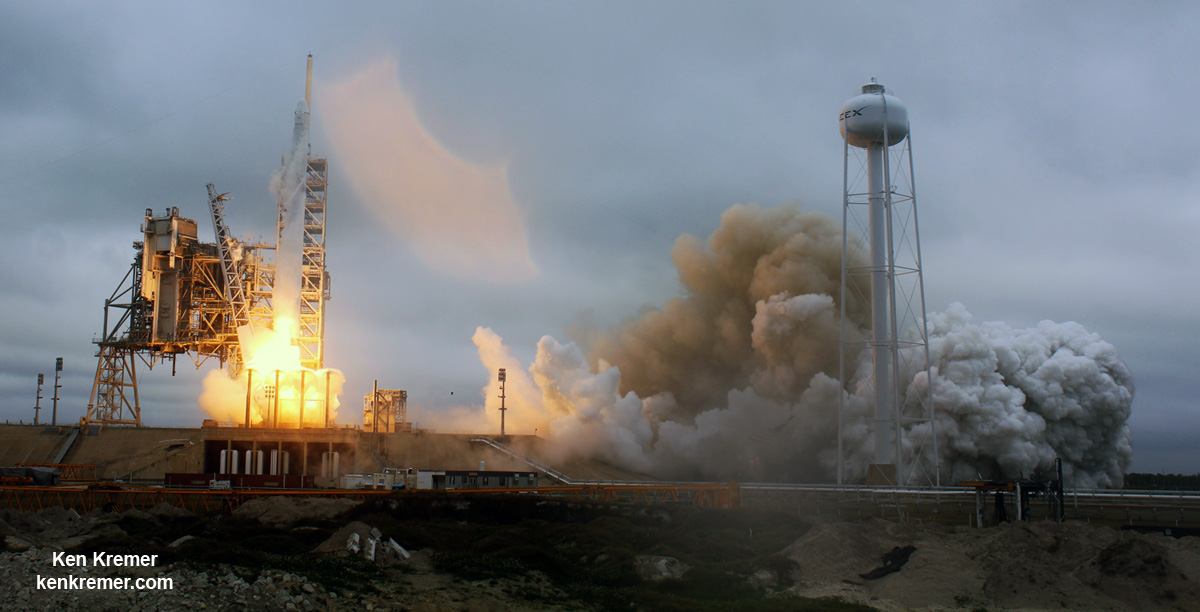
Another significant milestone for this flight is that it features the first reuse of a previously launched Dragon. It previously launched on the CRS-4 resupply mission.
The recycled Dragon has undergone some refurbishments to requalify it for flight.
If all goes well, Dragon will arrive at the ISS 2 days after launch and be grappled by Expedition 51 astronauts Peggy Whitson and Jack Fischer using the 57 foot long (17 meter long) Canadian-built robotic arm.
They will berth Dragon at the Earth-facing port of the Harmony module. .
Overall CRS-11 marks the 100th launch from pad 39A and the sixth SpaceX launch from this pad.
SpaceX leased pad 39A from NASA in 2014 and after refurbishments placed the pad back in service this year for the first time since the retirement of the space shuttles in 2011. To date this is the sixth SpaceX launch from this pad.
Previous launches include 11 Apollo flights, the launch of the unmanned Skylab in 1973, 82 shuttle flights and five SpaceX launches.
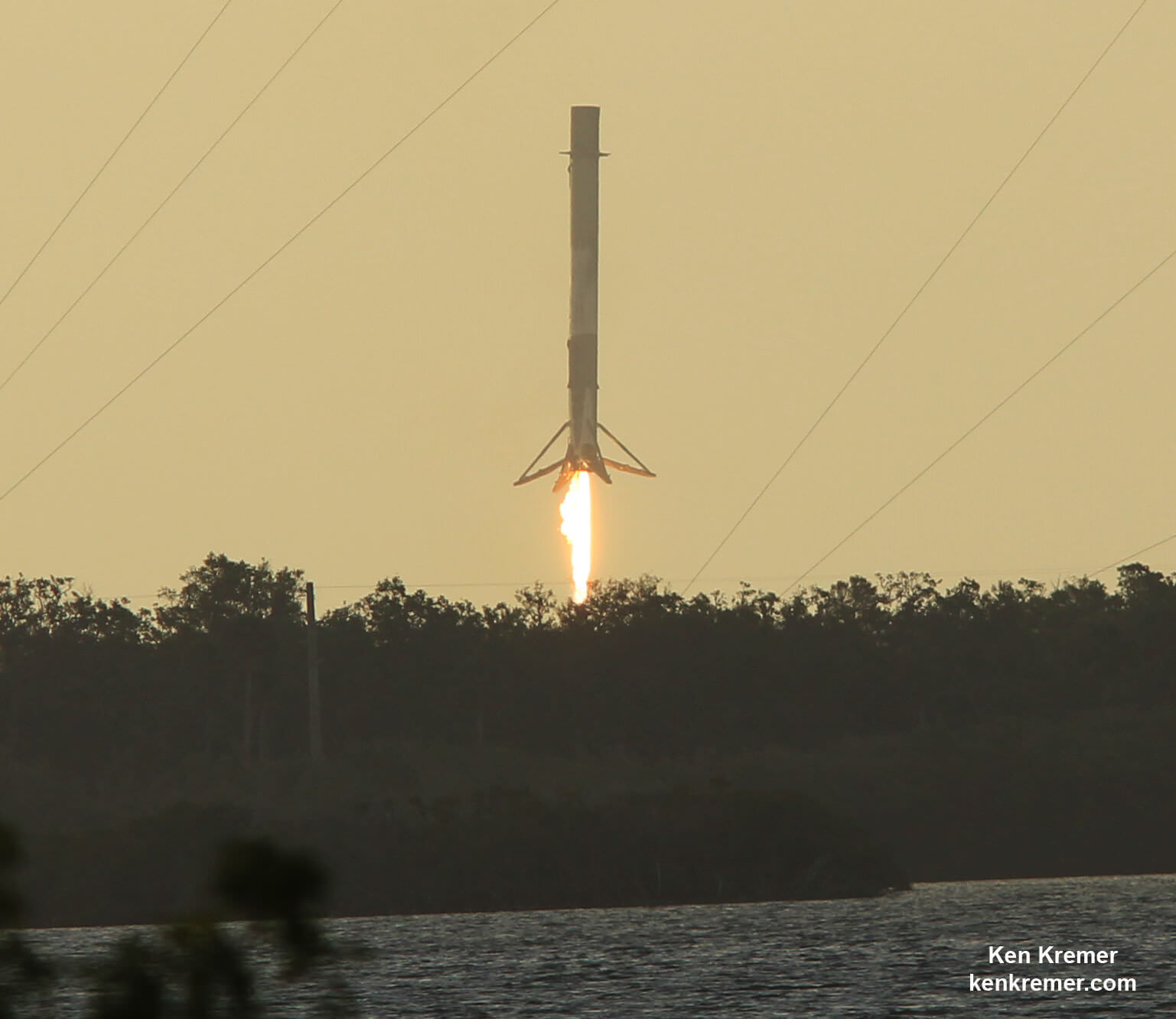
Watch for Ken’s onsite CRS-10 mission reports direct from the Kennedy Space Center and Cape Canaveral Air Force Station, Florida.
Stay tuned here for Ken’s continuing Earth and Planetary science and human spaceflight news.
